32 facts about Munchkin cats
They might be known for their short legs, but there are plenty of other facts about Munchkin cats to sink your teeth into.
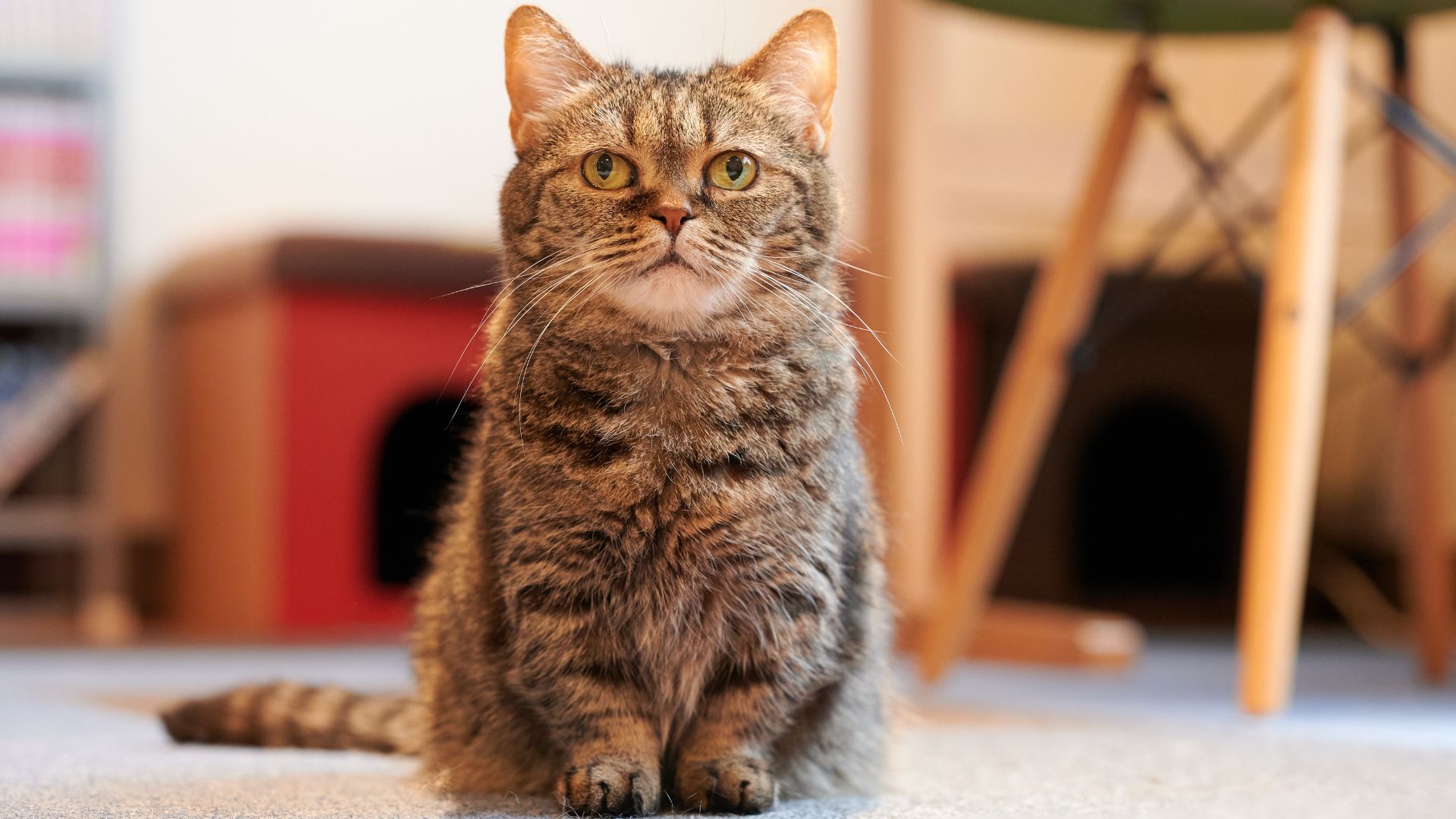
Facts about Munchkin cats aren’t hard to come by. Often referred to as dwarf cats, these furry friends are known and characterized by their short legs. But there is much more to this breed than meets the eye.
For example, did you know Munchkin cats have big personalities and bundles of energy? Or that they are easy to train (especially if you’ve got some of the best cat treats to hand)? Munchkins also get on well in family households and they are highly intelligent creatures who love nothing more than playing a game of hide and seek with all things shiny.
However, while these little cats come in all shapes, sizes, and hair lengths, they do come with a controversial past. So, to find out everything there is to know about this breed, stick right here. We’ve compiled a list of facts about Munchkin cats to help widen your knowledge of this fascinating breed.
Facts about Munchkin cats
1. Not all Munchkin cats have the same leg length
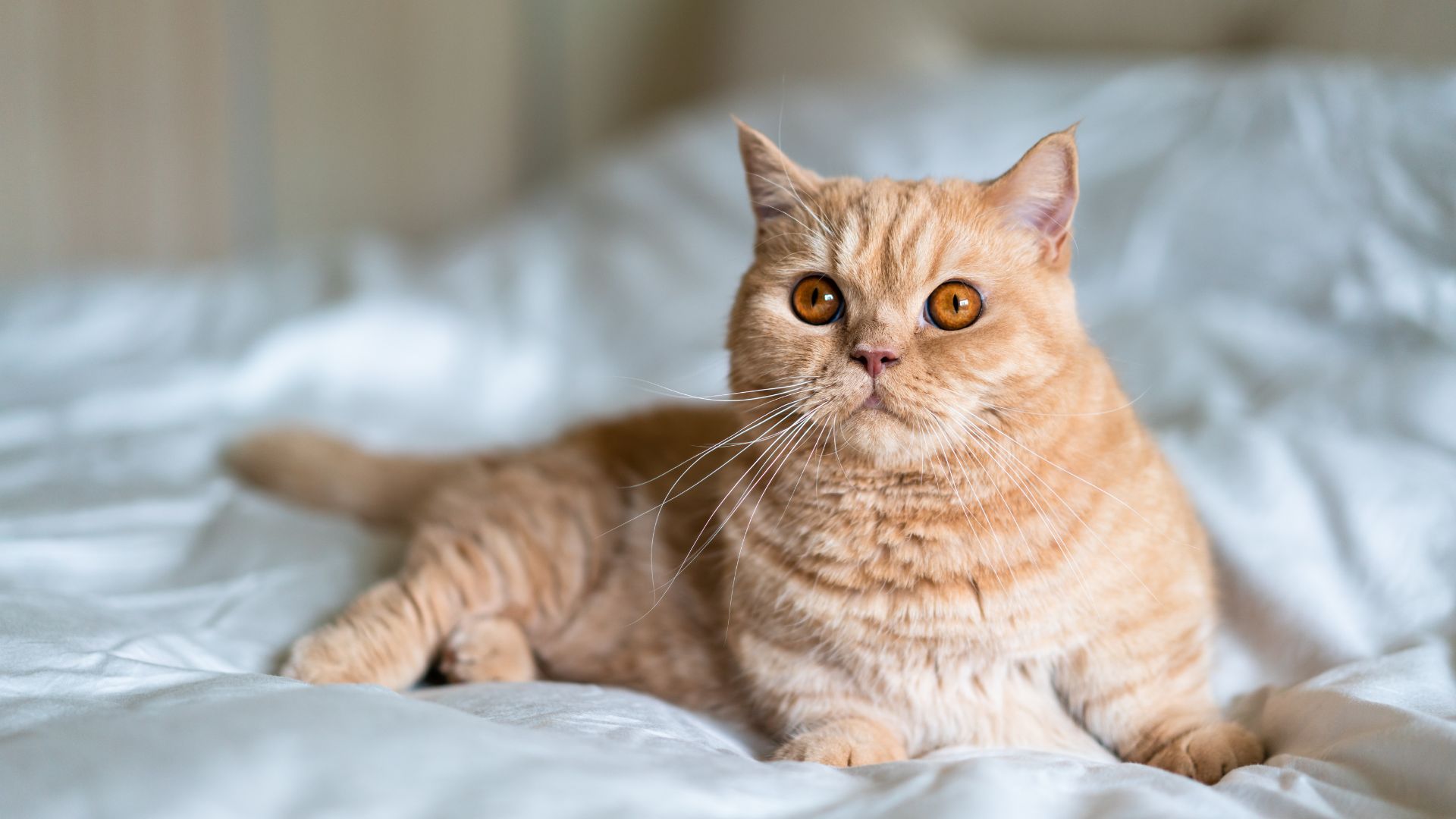
Typically speaking, munchkin cats have legs three inches shorter than your average domestic cat. But not all Munchkins have the same leg lengths.
While munchkins are characterized by their short legs, this breed can have three different leg lengths. There’s the ‘standard' Munchkin, ‘super-short' munchkin and ‘rug hugger' munchkin. The latter is born with the shortest legs.
2. Munchkins can perch on their back legs
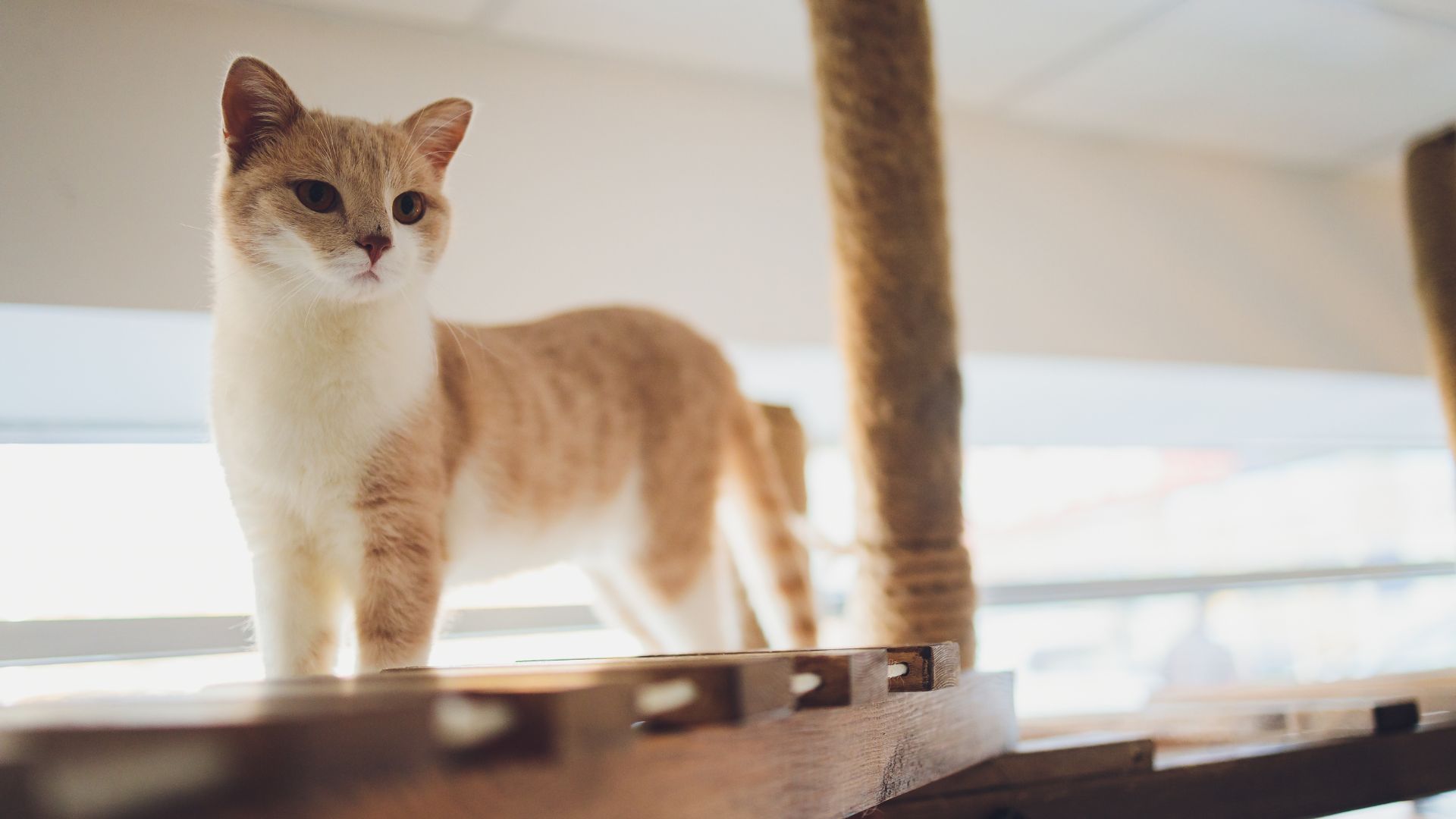
Thanks to their smaller-than-usual leg length, munchkin cats can stand (or sit) on their hind legs like a meerkat, squirrel or rabbit would.
Some say this is because their back legs are slightly longer than their front. So if you spot your munchkin doing so, don’t be alarmed!
Get the best advice, tips and top tech for your beloved Pets
3. Munchkin cats can have health issues
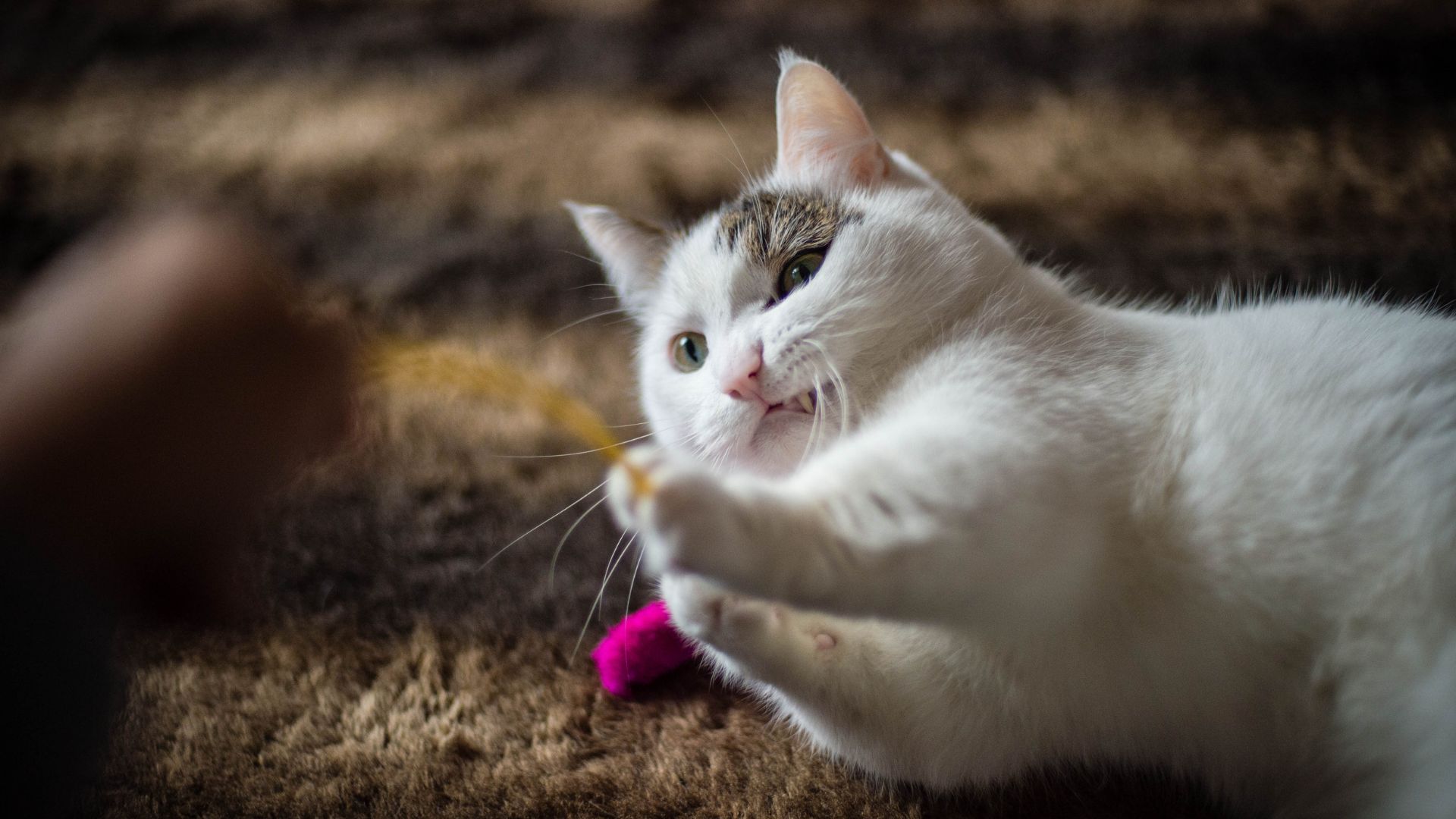
Some cat breeds can come with health issues. And according to research, the munchkin breed is one of them.
While these cats might look cute with their short legs, one research paper published in the Journal of Veterinary Medical Science stated that the breed appears to be prone to ‘degenerative joint disease', 'pectus excavatum' (which can cause the breastbone to sink into the chest) and 'spinal lordosis’ (an exaggerated inward curve of the spine).
4. The breed arose from a genetic mutation
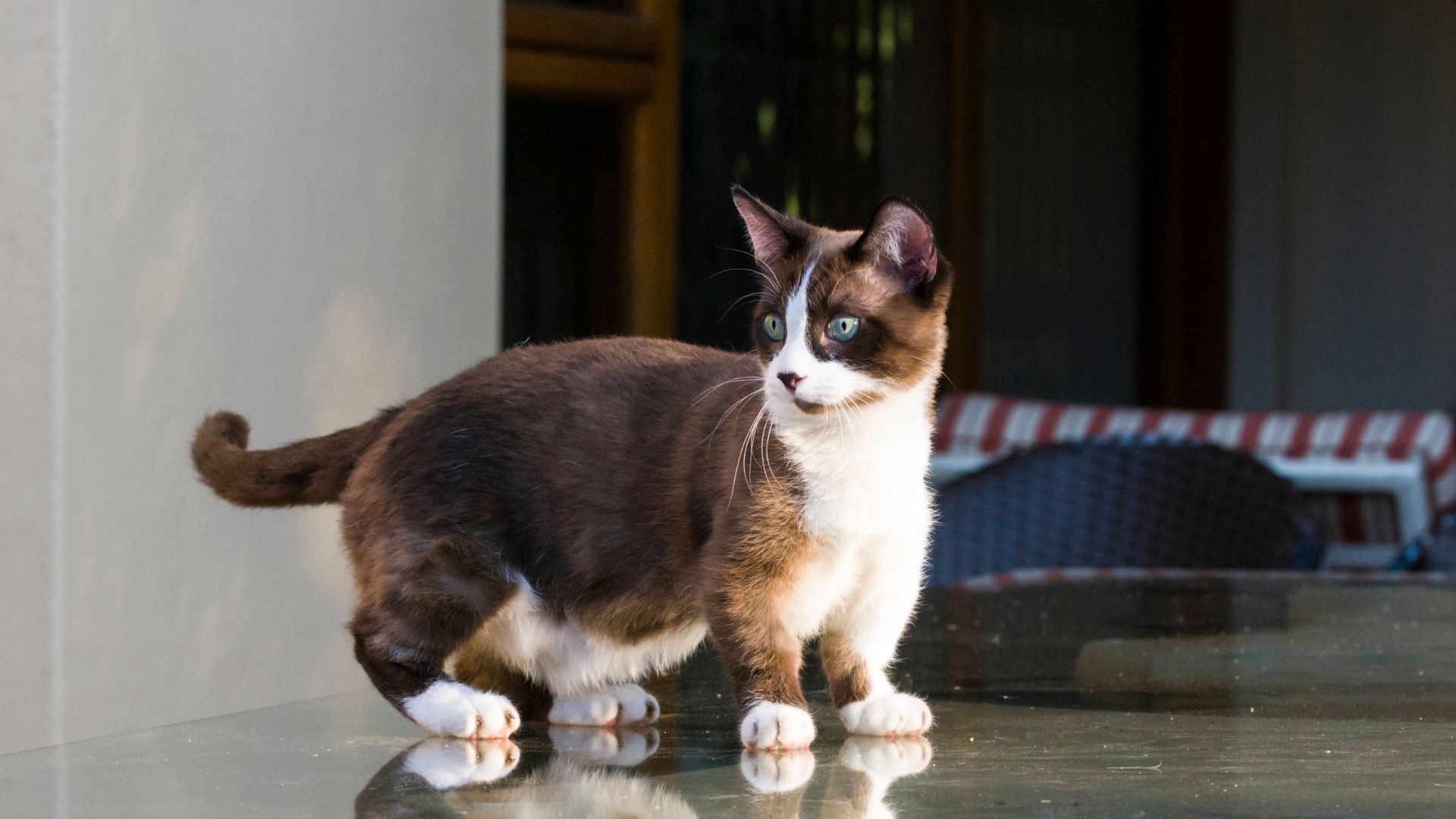
There’s no denying that munchkins are a unique-looking breed of cat. But, just like the Cornish Rex and the Manx, it’s believed the dwarf breed came about through genetic mutation.
Cats with short legs had been reported in the history books as early as 1944. But it wasn’t until more than 30 years later, in 1983, that the munchkin mutation was first spotted in a litter of stray kittens and kept and bred.
5. The munchkin gene is sometimes referred to as the ‘lethal gene’
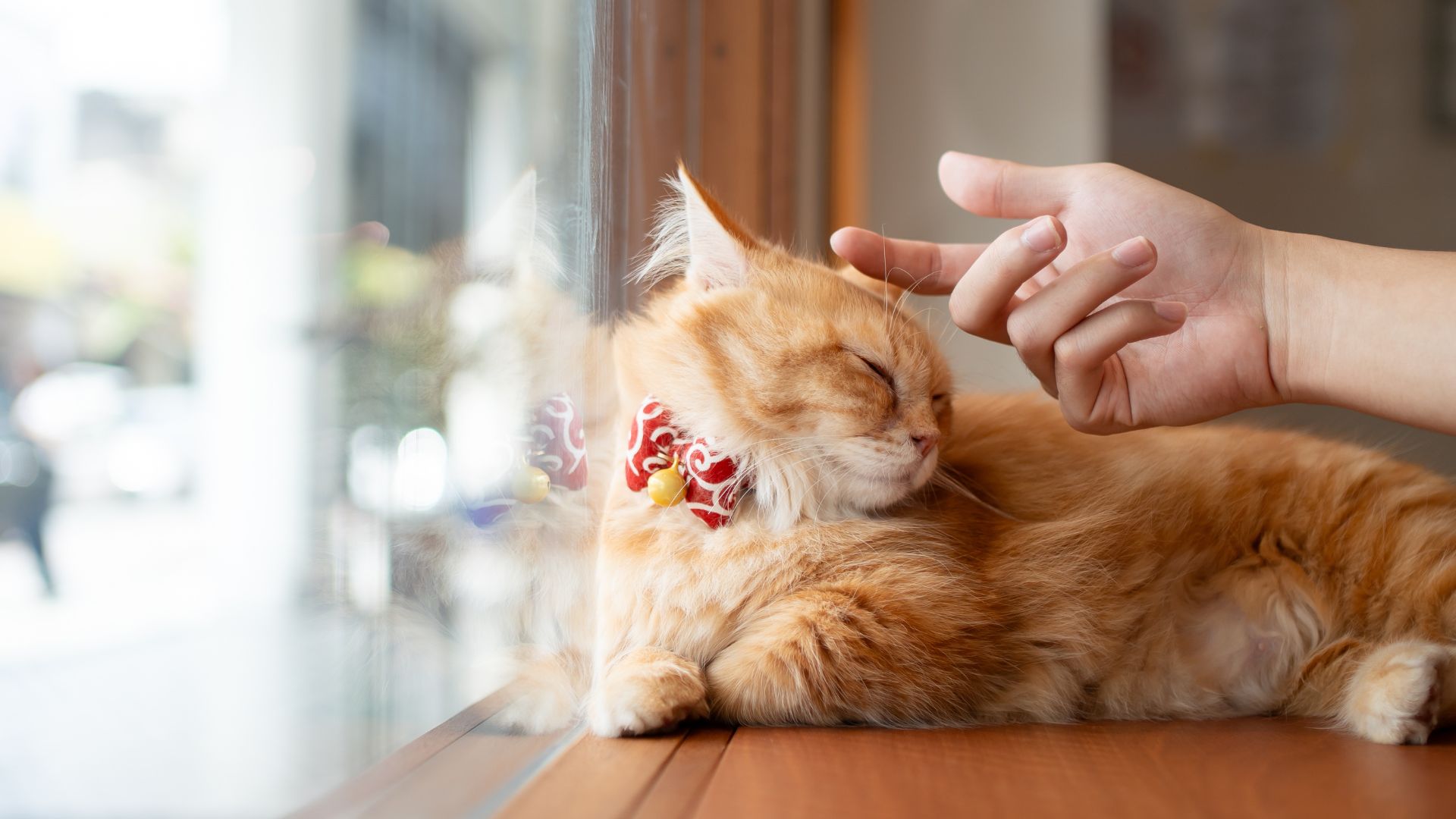
Science tells us that this breed’s short legs are caused by an ‘autosomal dominant gene’ which, in munchkins, causes a cat’s long bones to grow shorter.
According to the Universities Federation for Animal Welfare, kittens that have both copies of the gene from their parents are believed to die before birth — which is where the 'lethal gene' name comes from. While those with only one copy of the gene, show the deformity.
6. Breeders won’t mate two munchkins together
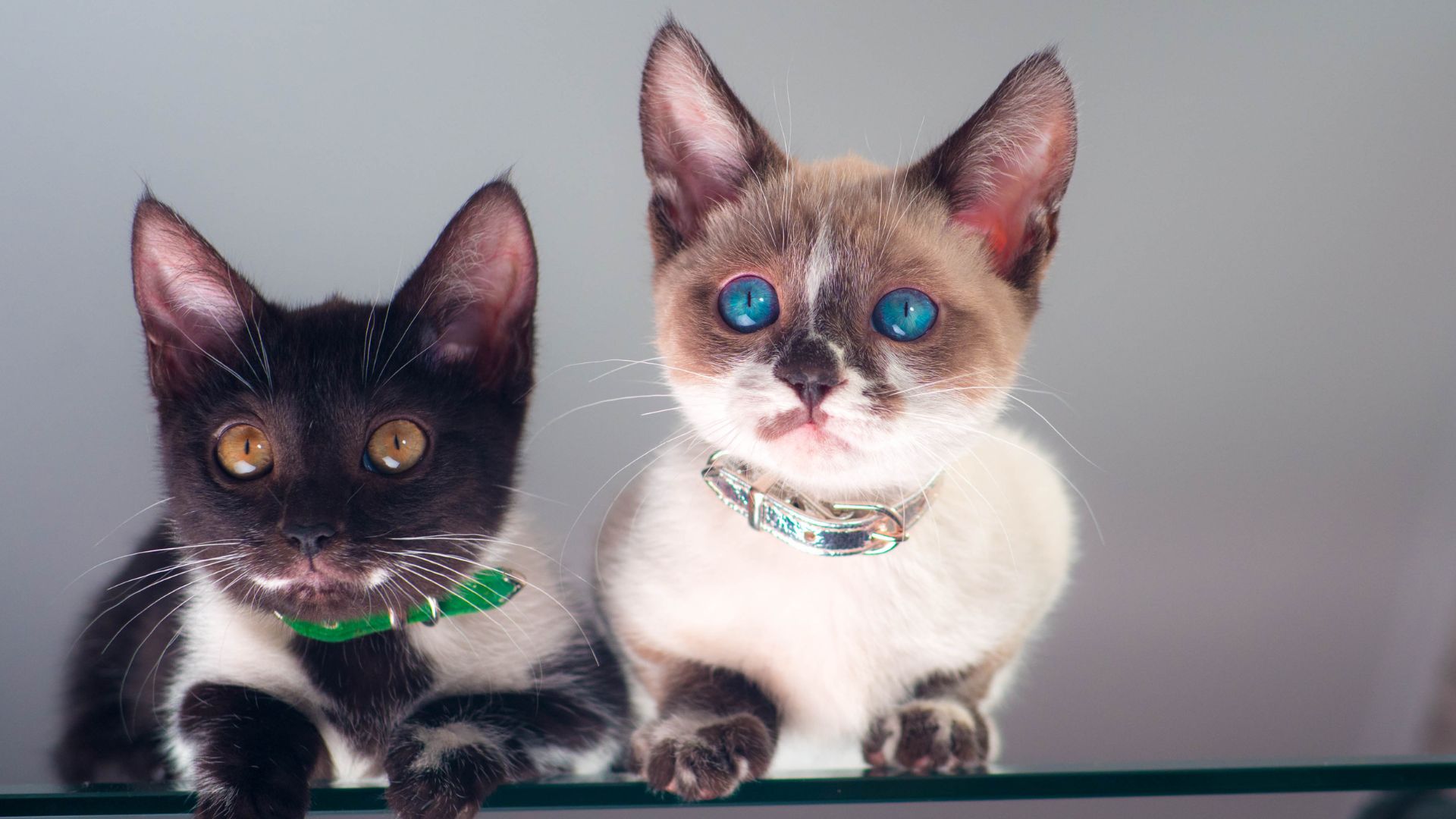
Due to the ‘lethal gene’, no two munchkins are mated together. Instead, breeders mate cats with 'standard' legs and munchkins together to produce a 'healthy' litter of short-legged felines.
7. Munchkins therefore come in all shapes and sizes
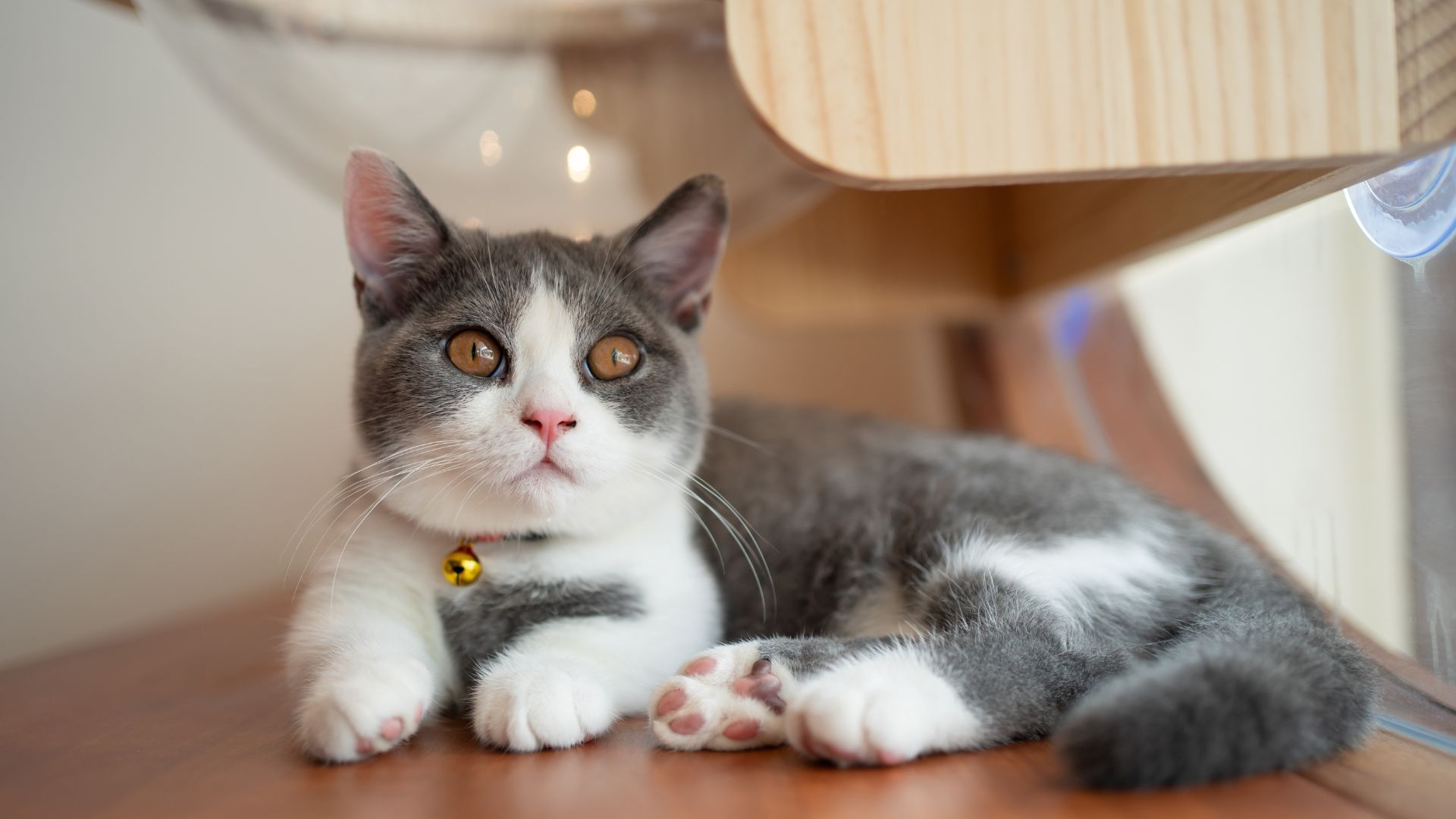
As we mentioned, munchkin cats are characterized by their short legs.
However because the breed is never mated with one another, but is bred with other domestic pedigree breeds (like Siamese cats, British Shorthairs or a Devon Rex) munchkins differ from one litter to the other with a variety of patterns, colors, and fur lengths to see.
8. A munchkin is the world’s shortest-living cat
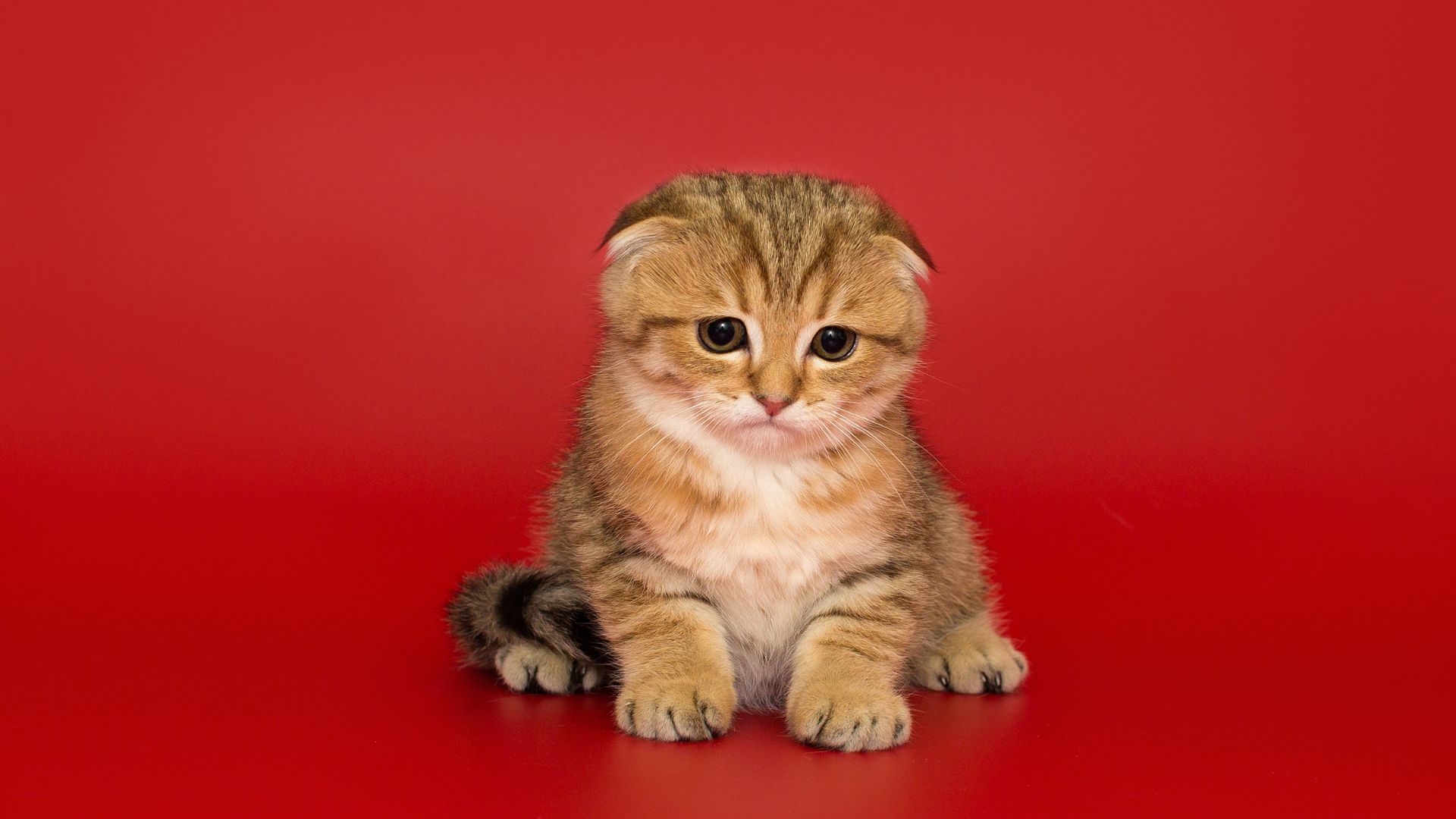
It's no secret that these cat’s legs are miniature. But in 2013, the Guinness World Records measured Liliput, a munchkin cat from California, and named her as the shortest living cat on record, measuring in at just 5.25 inches tall.
9. Munchkins have big personalities
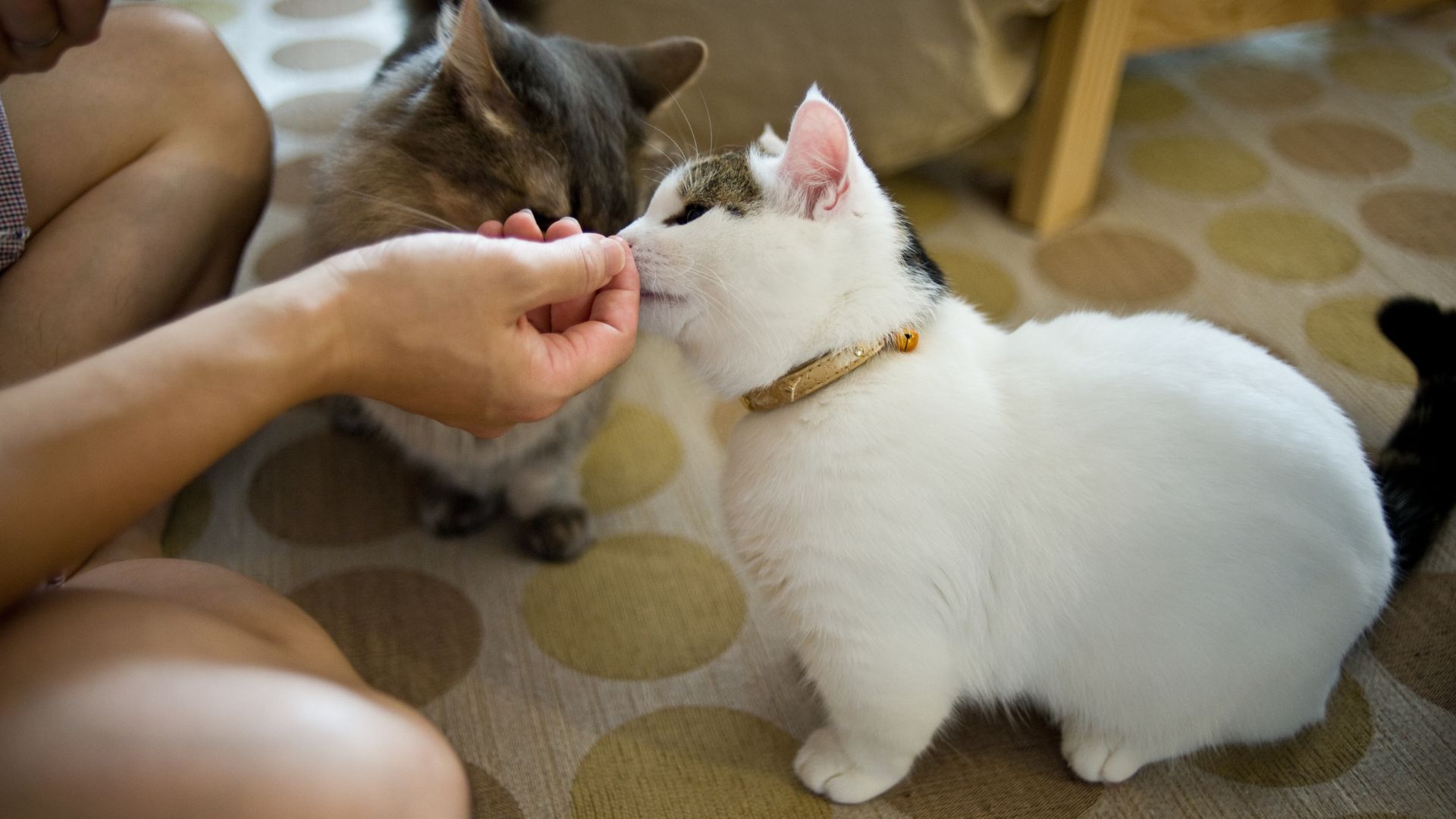
What these small-legged cats might lack in height they more than make up for with personality.
Along with having strong hunting instincts, this small cat breed has permanent kitten energy. This means when they're not chasing and hunting their favorite toy, they're dashing from one room to the next, seeking out places where they can watch the world go by.
So if you’re hoping to welcome a munchkin into your family, be prepared for high energy levels and lots of curious behavior.
10. Munchkin cats are fast
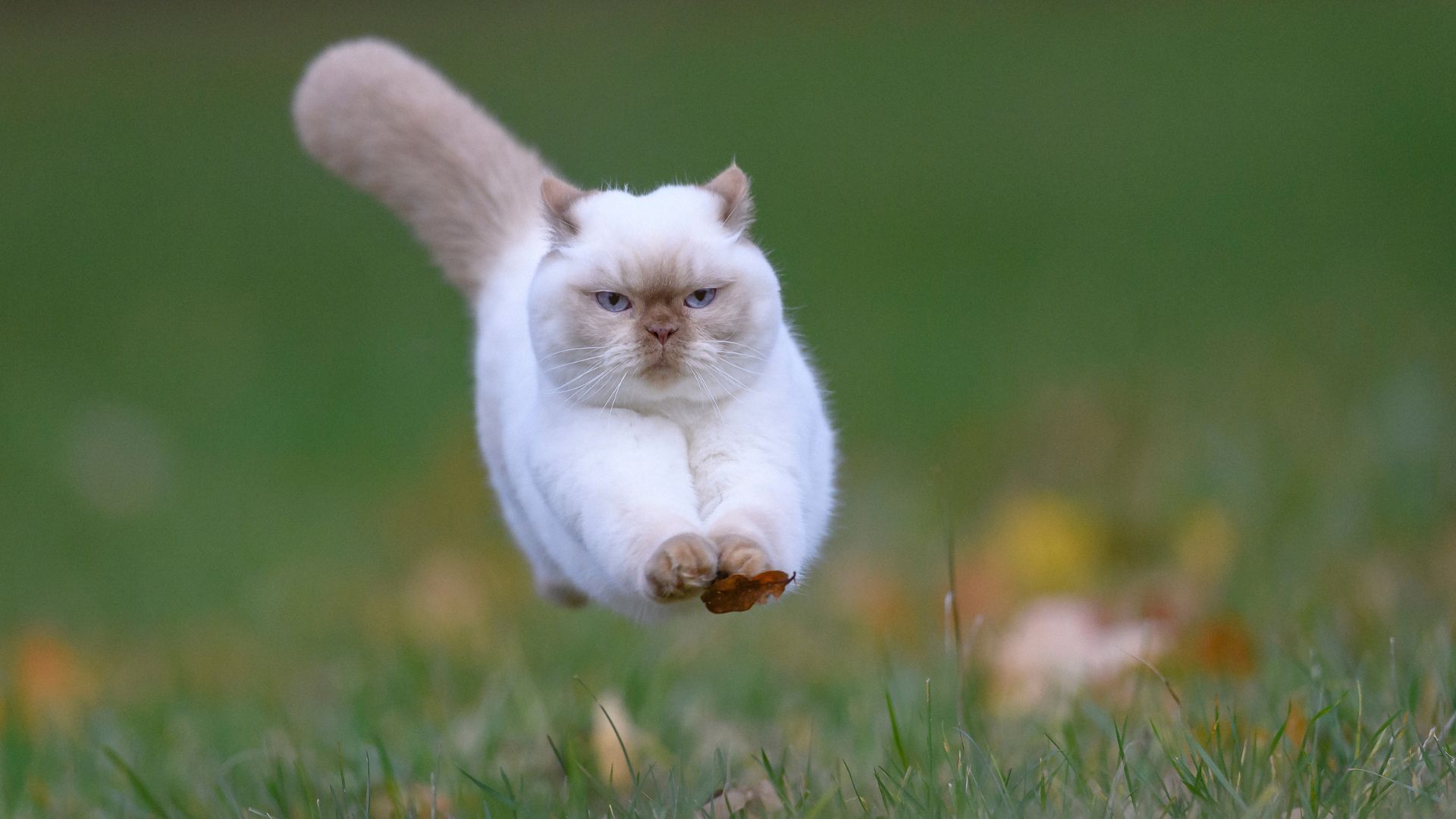
So, we’ve mentioned just how small a munchkin's legs can be. But that doesn’t mean these little cuties can’t move at speed.
Along with having big personalities and high energy levels, those small legs can move fast with some estimates claiming munchkin cats can reach up to 30 miles per hour!
11. They’re not great a jumping
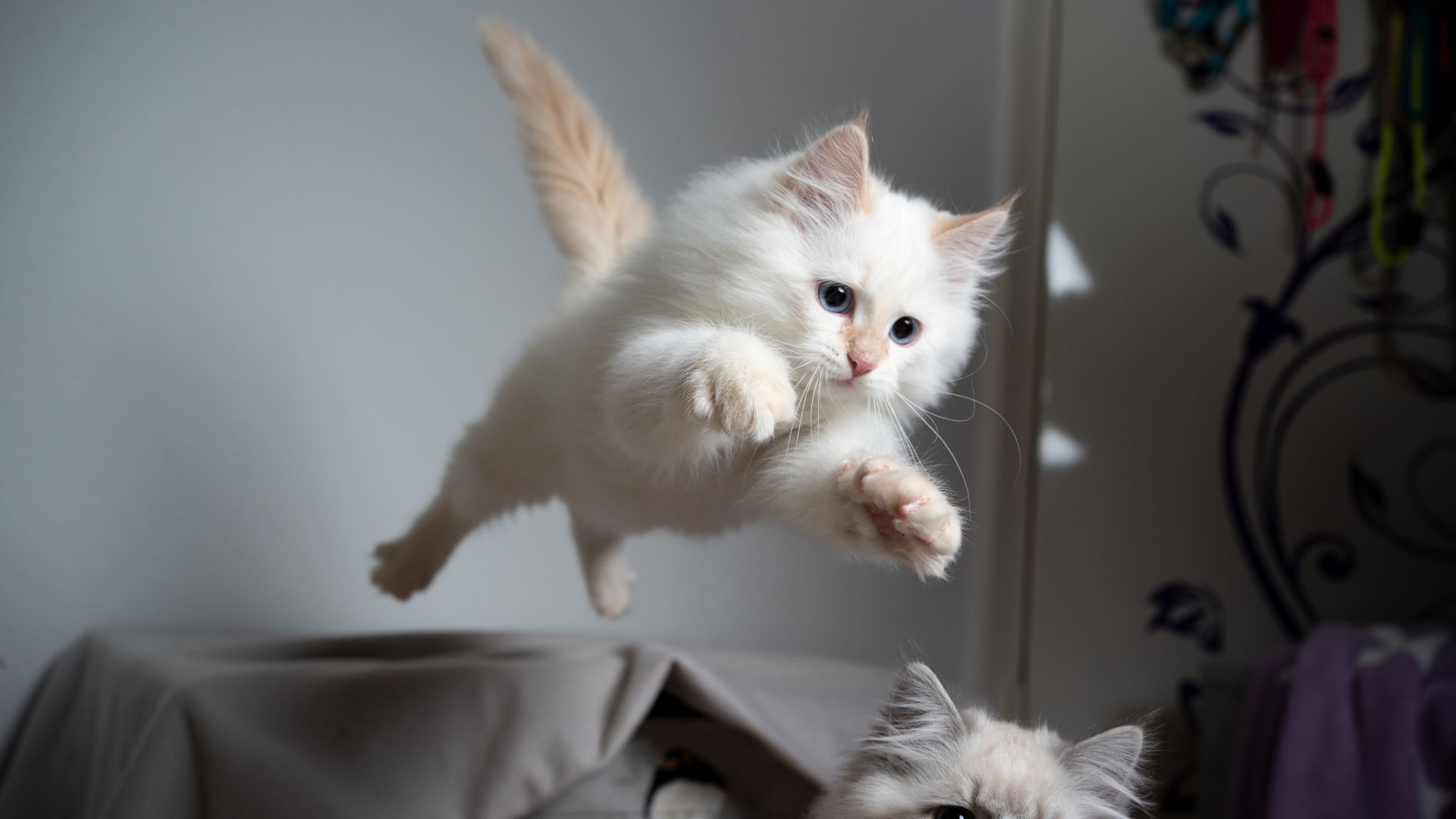
If you despair every time you find your cat (and its hairs) on your kitchen counter, you might get along just fine with a munchkin.
Due to this breed’s short legs, their jumping abilities are limited. However, that’s not to say they won’t try! So do keep an eye on them around your house to avoid injury and if they do need to reach some places, consider placing a ramp to help them.
12. Munchkins like shiny objects
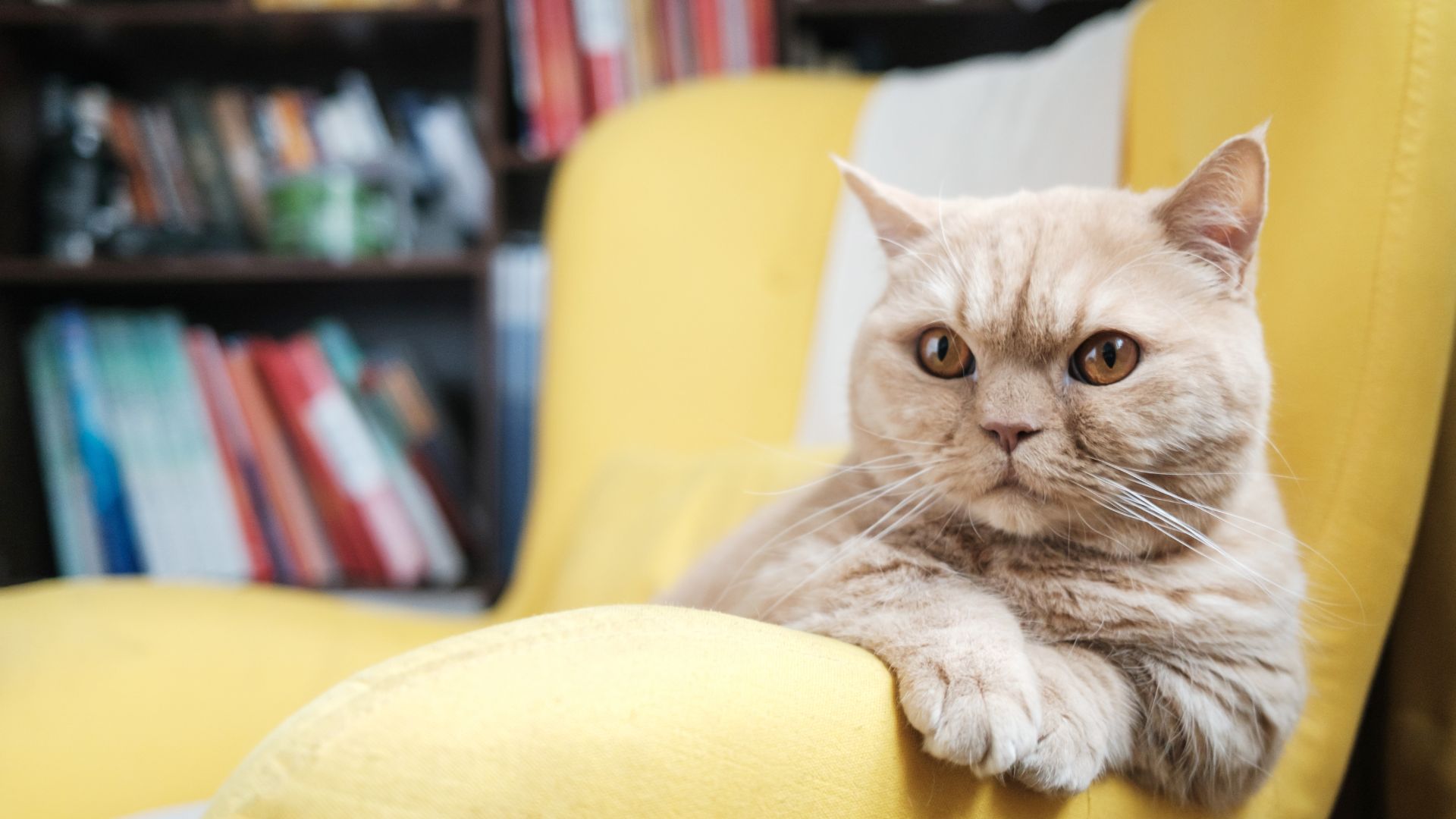
Munchkins share a trait with magpies — they love shiny objects. So much so, that they’ll be amused by all things glittery and gold for hours.
They’ll even try to hide away their favorite toys (or your favorite antiques) in a fun version of hide-and-seek. So keep your eyes peeled if you have any shiny objects that aren’t cat-friendly and consider investing in some of the best cat toys you won't mind them playing with instead.
13. They are super curious creatures
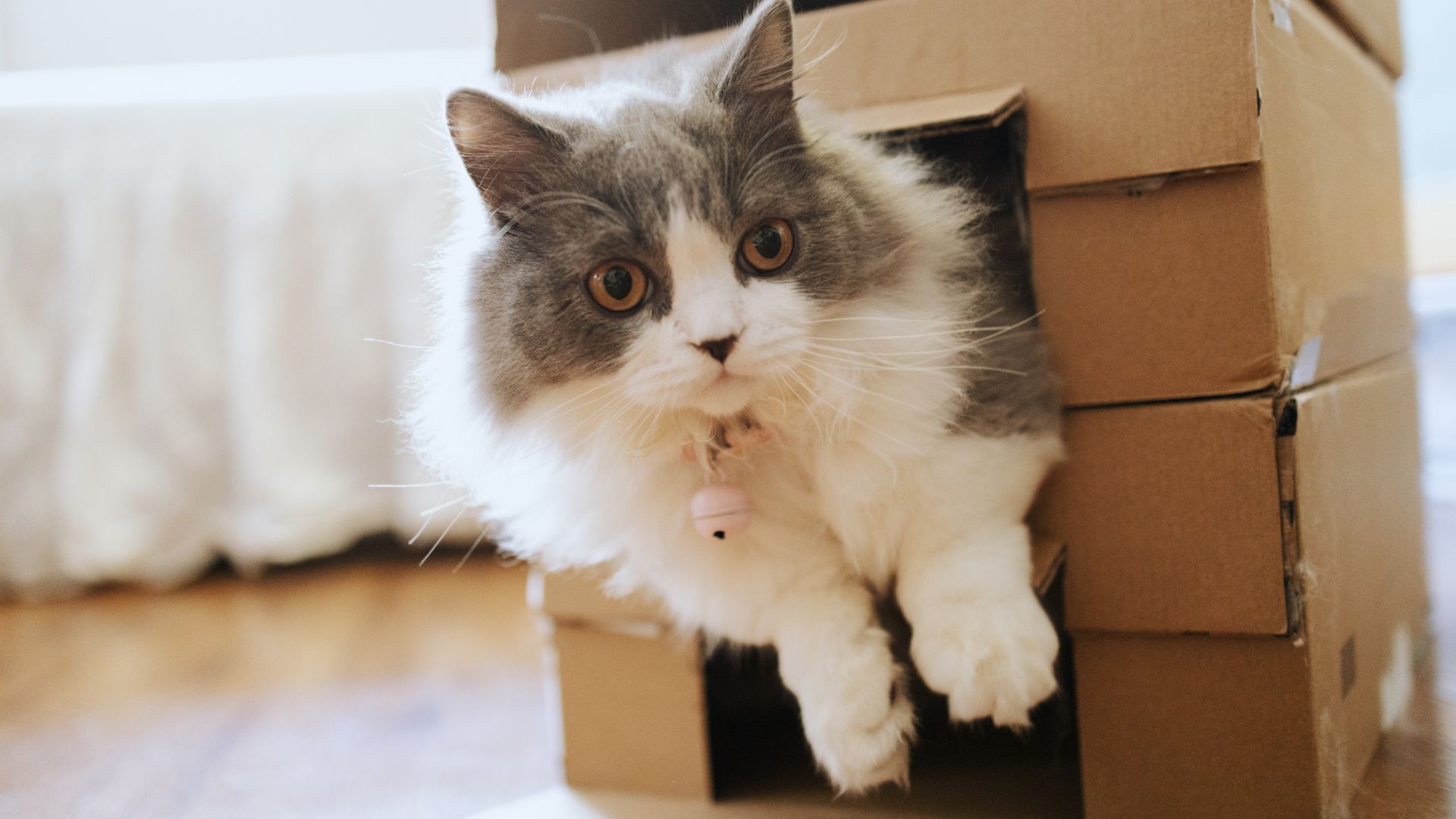
Most cats are curious — they have killer instincts after all. But munchkin cats are even more curious than most other other feline counterparts.
Meaning? Once they’ve got their eye set on something interesting, they won’t stop until they’ve investigated it.
14. Not everyone thinks the breed is a good idea
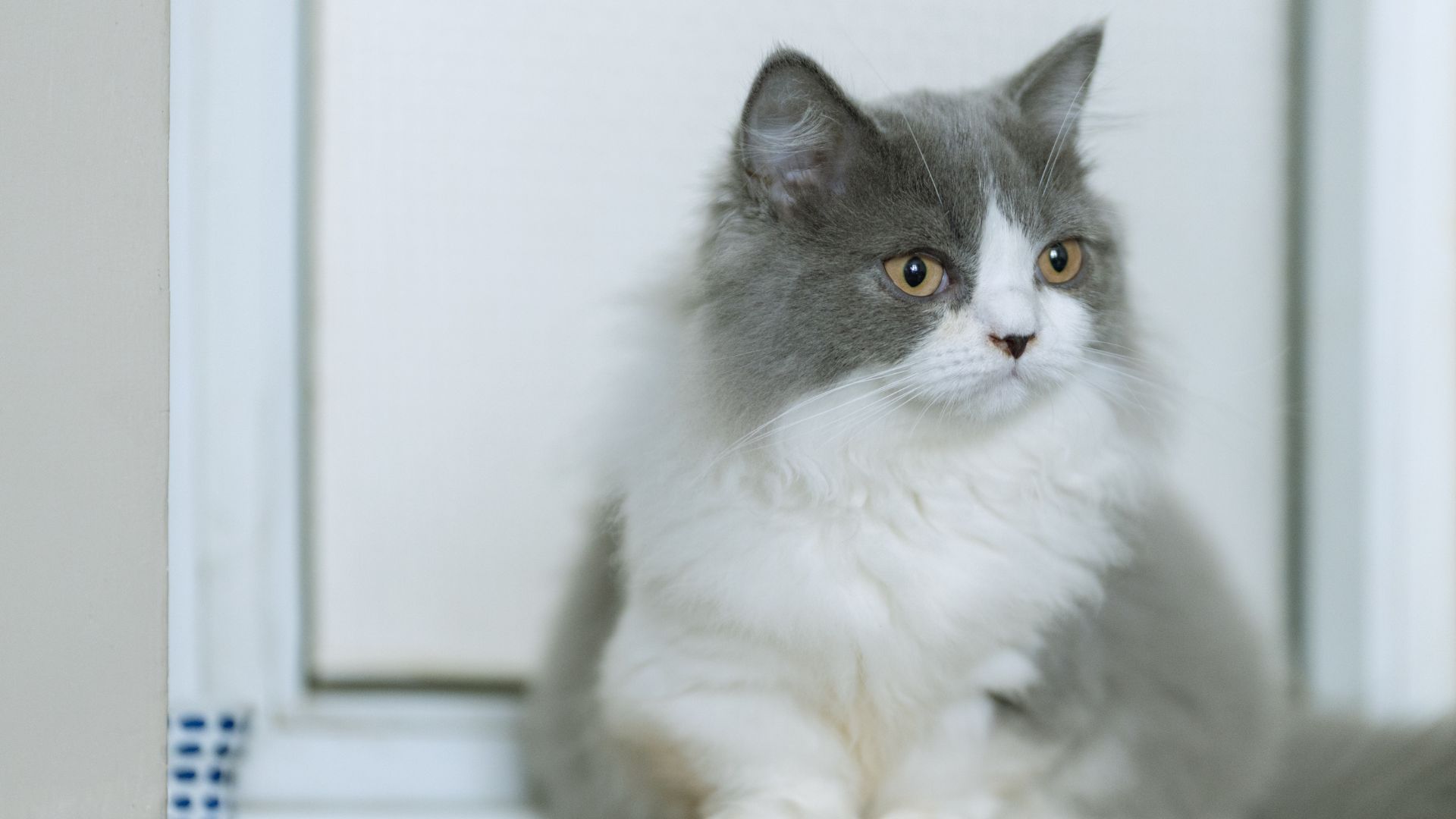
The jury is still out on whether or not munchkins should be bred at all.
Munchkins were accepted into The International Cat Association's (TICA) new breed development program in 1994 and it wasn't until 2003 that this breed achieved championship status.
But other organizations, like The Governing Council of the Cat Fancy, The Cat Fanciers Association (CFA), and the American Cat Fanciers Association (ACFA) still do not recognize this dwarf breed. Deciphering the reason why, The Universities Federation for Animal Welfare says: "Many breed clubs refuse to recognize this breed. We suggest that, because of risks to quality of life, cats with this abnormality should not be used for breeding."
15. They are banned in some countries
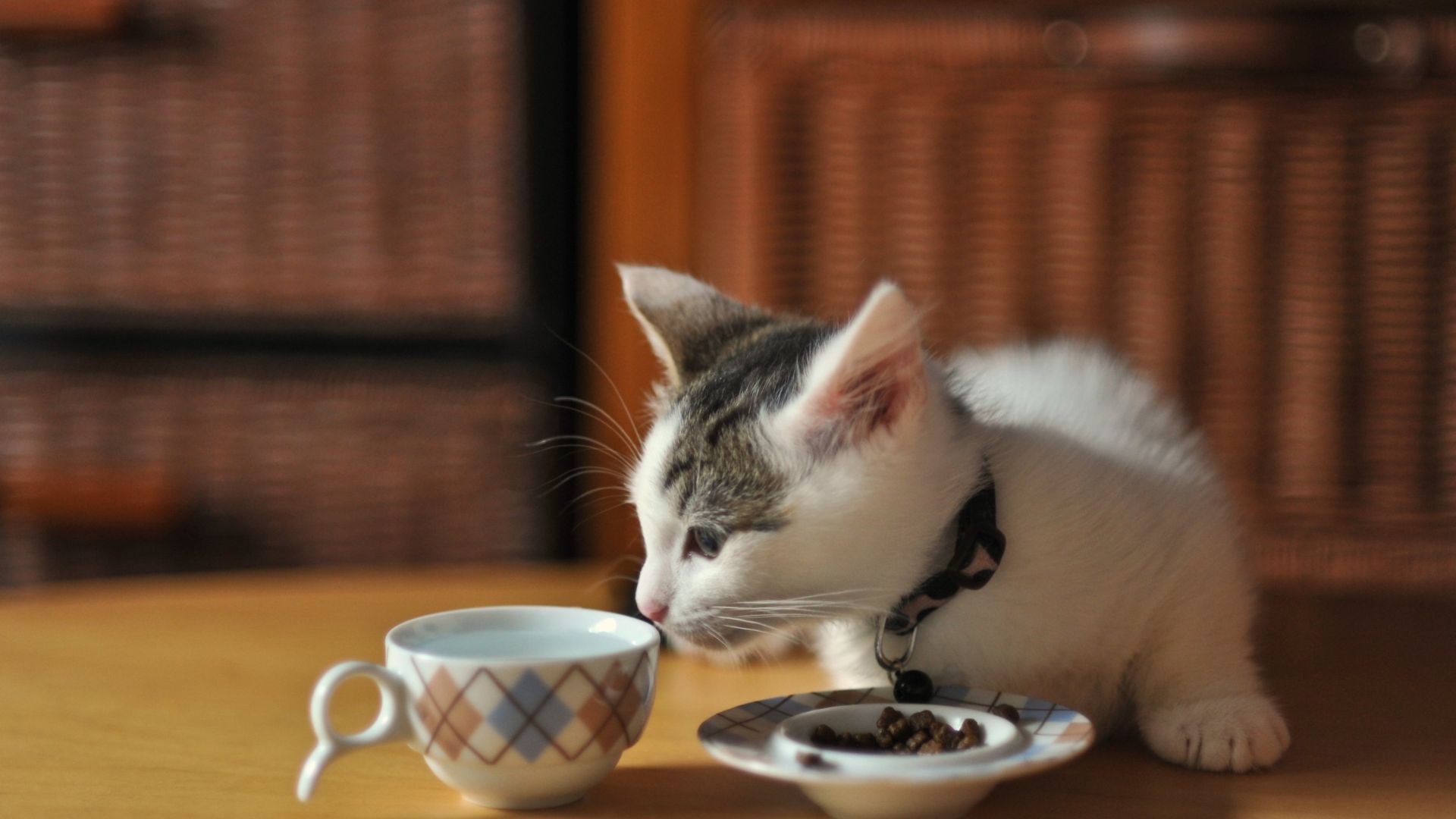
Since 2014, it has been illegal to breed and keep munchkins in the Netherlands as the country banned breeding all animals with 'genetic defects'.
These short-legged felines are also prohibited in Australia due to ‘genetic health problems’.
16. Munchkins can make an excellent pet for small homes
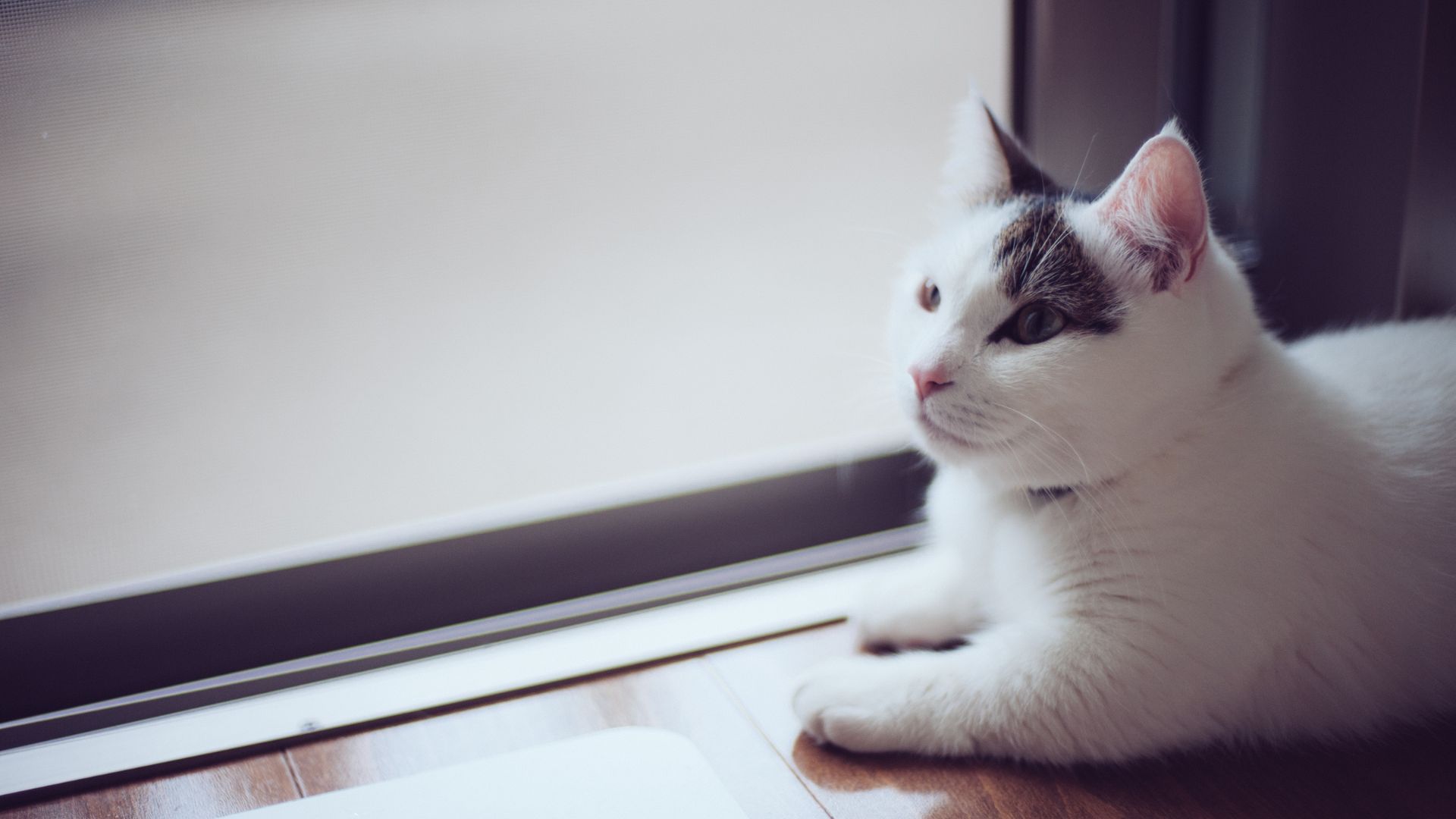
However, munchkins are still allowed in America. And, due to their short legs, munchkin cats can be a great option for those who live in smaller homes or apartments with one level.
17. They’re also great for families
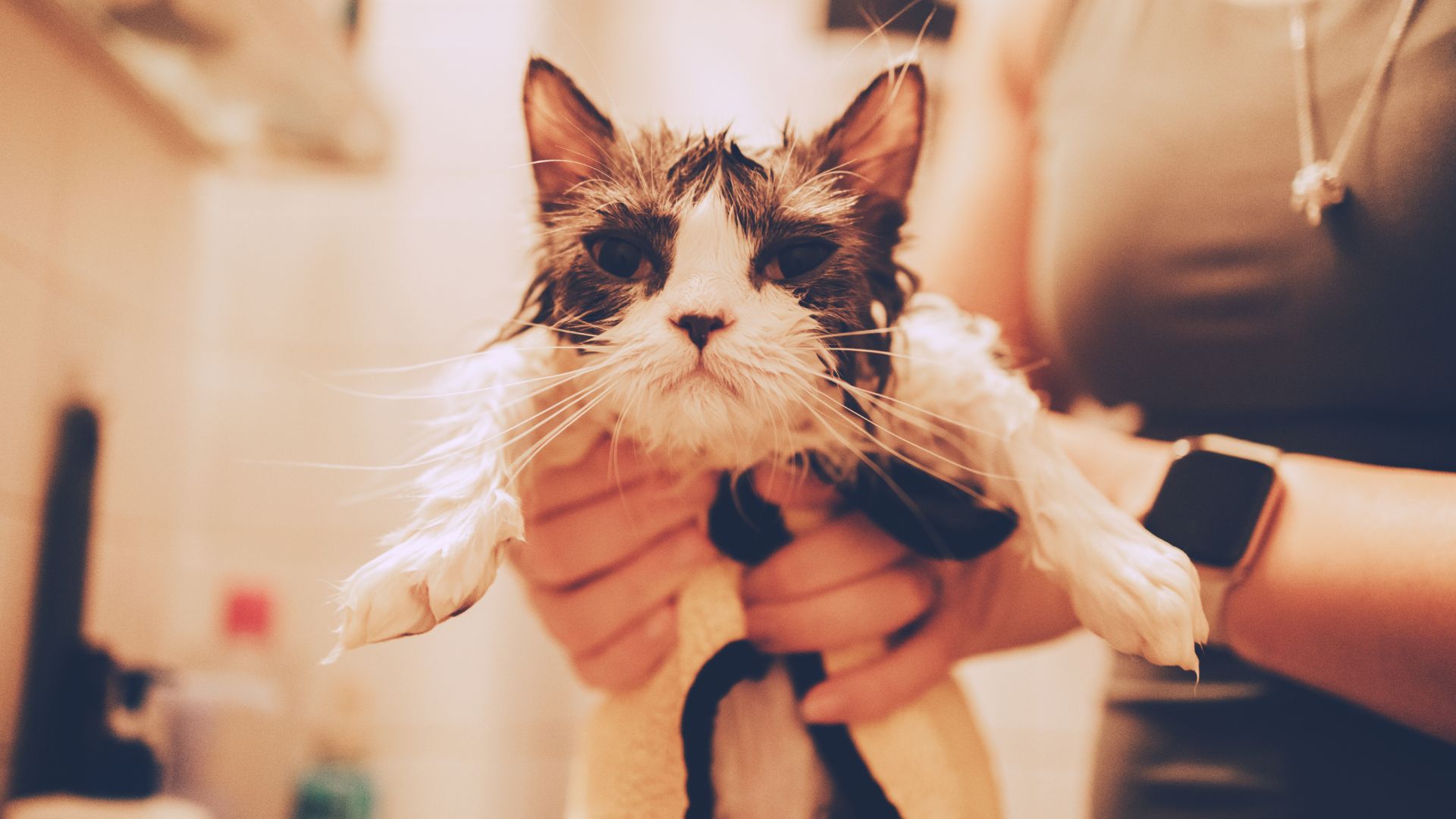
With their friendly and outgoing personality, munchkins have a very family-friendly temperament. When they’re not cozied up to their favorite humans, they’re playing a game of hide and seek with their cat toys. But all in all, munchkin cats enjoy spending time with humans. And when they've got all that energy, who can blame them?
18. Munchkins can have short-haired coats and long-haired coats
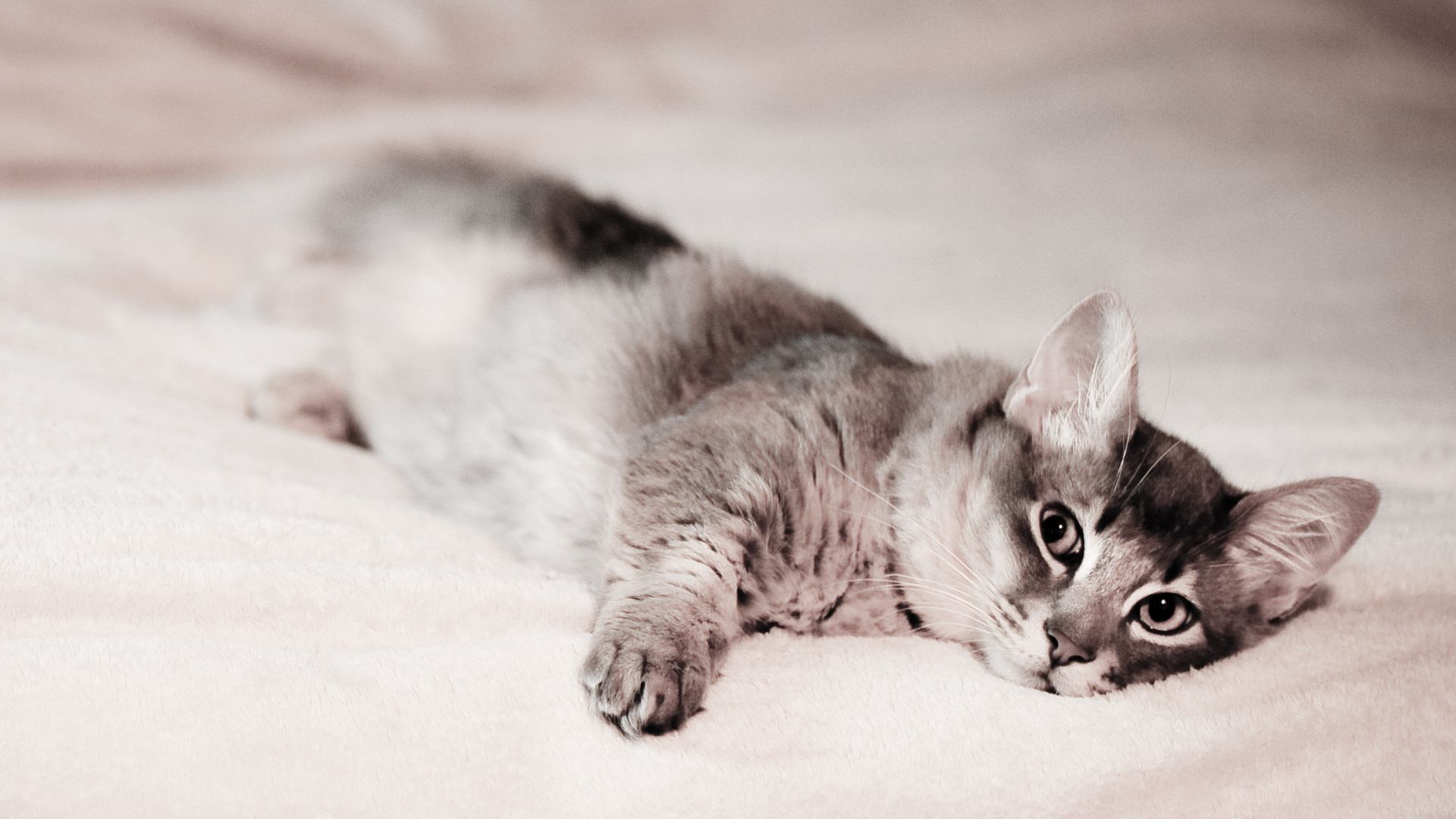
As we touched on, munchkin cats are always bred with other breeds. This means they can have short-haired coats and long-haired coats in a range of colors and patterns depending on what breed they are mated with. From a Persian cat to a sphnyx and a Scottish Fold too. No one munchkin is ever the same.
19. Munchkins can have a long lifespan
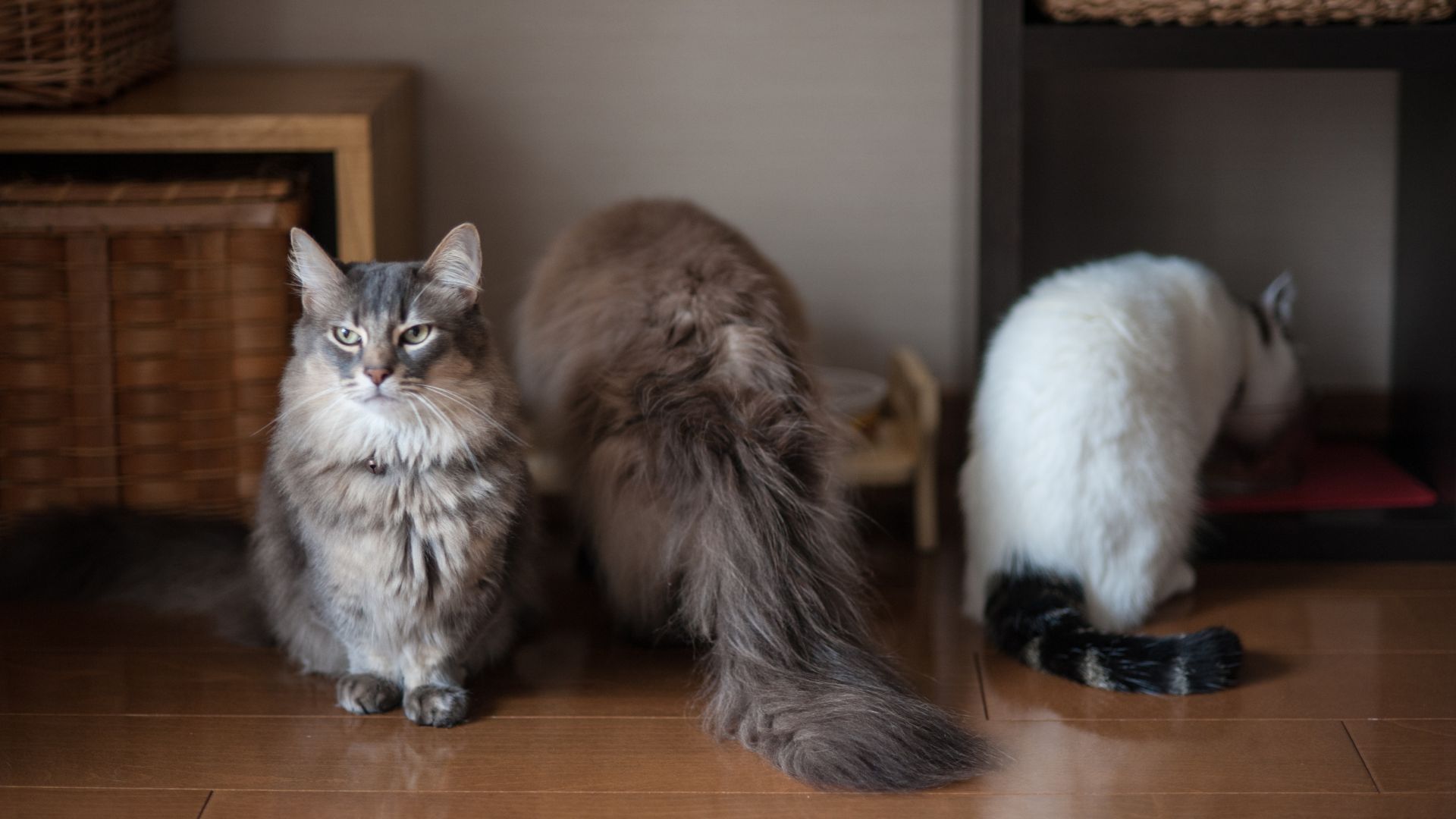
Despite a handful of organizations worrying about how their health concerns can affect their quality of life, munchkin cats can live anywhere between 12 to 15 years old – which is similar to that of an average feline's lifespan, as most domestic cats live between 12-18 years old, while the longest-living cat breeds have been known to live up to 20 years.
20. Munchkins are intelligent
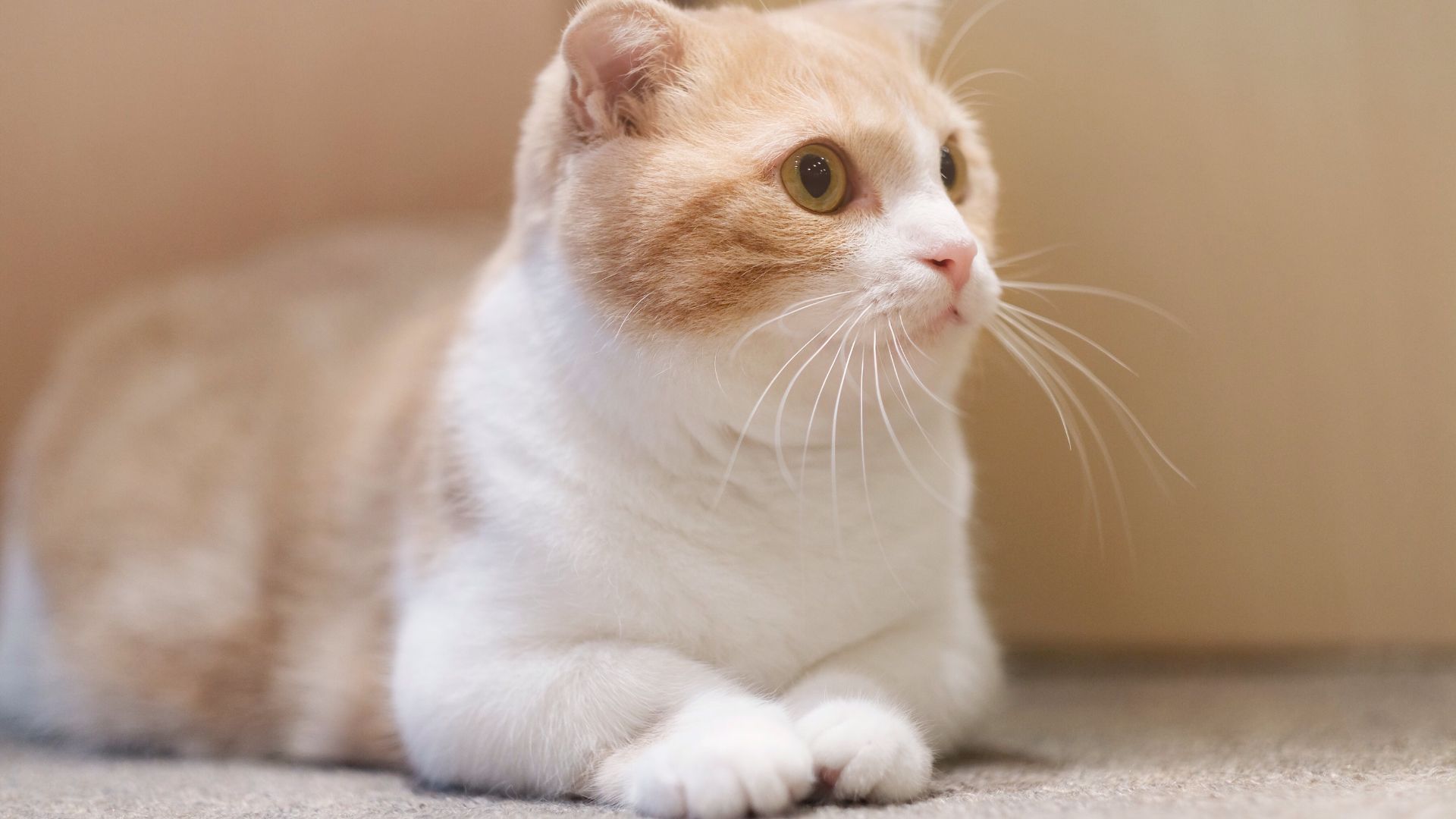
Munchkins are quick learners. So much so, you can train them to do various cat tricks like how to sit, stay and high-five.
Other clever cats may also be able to pass through a hoop, roll over and fetch. While most will already stand on their hind legs with ease.
21. Munchkins cats are strictly indoor cats
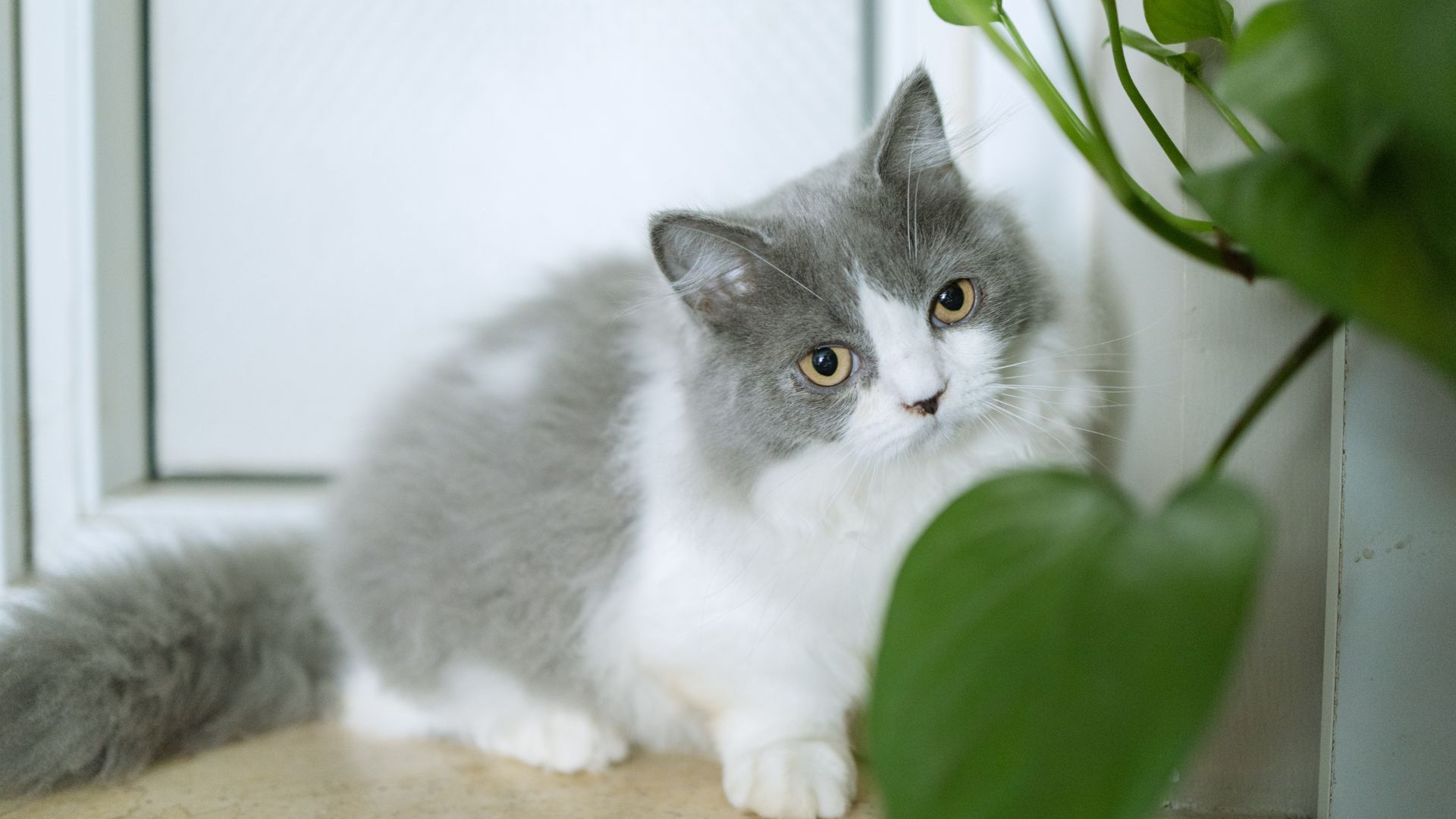
Curious they might be, but munchkin cats are considered indoor cats because they aren’t cut out for life in the ‘wild’.
So, knowing how to entertain indoor cats and hunting down the best toys for indoor cats will prove to be highly beneficial, as it can help stave off boredom, and bad behavior and make your house a home for your little kitty.
22. It’s believed they are named after Wizard of Oz
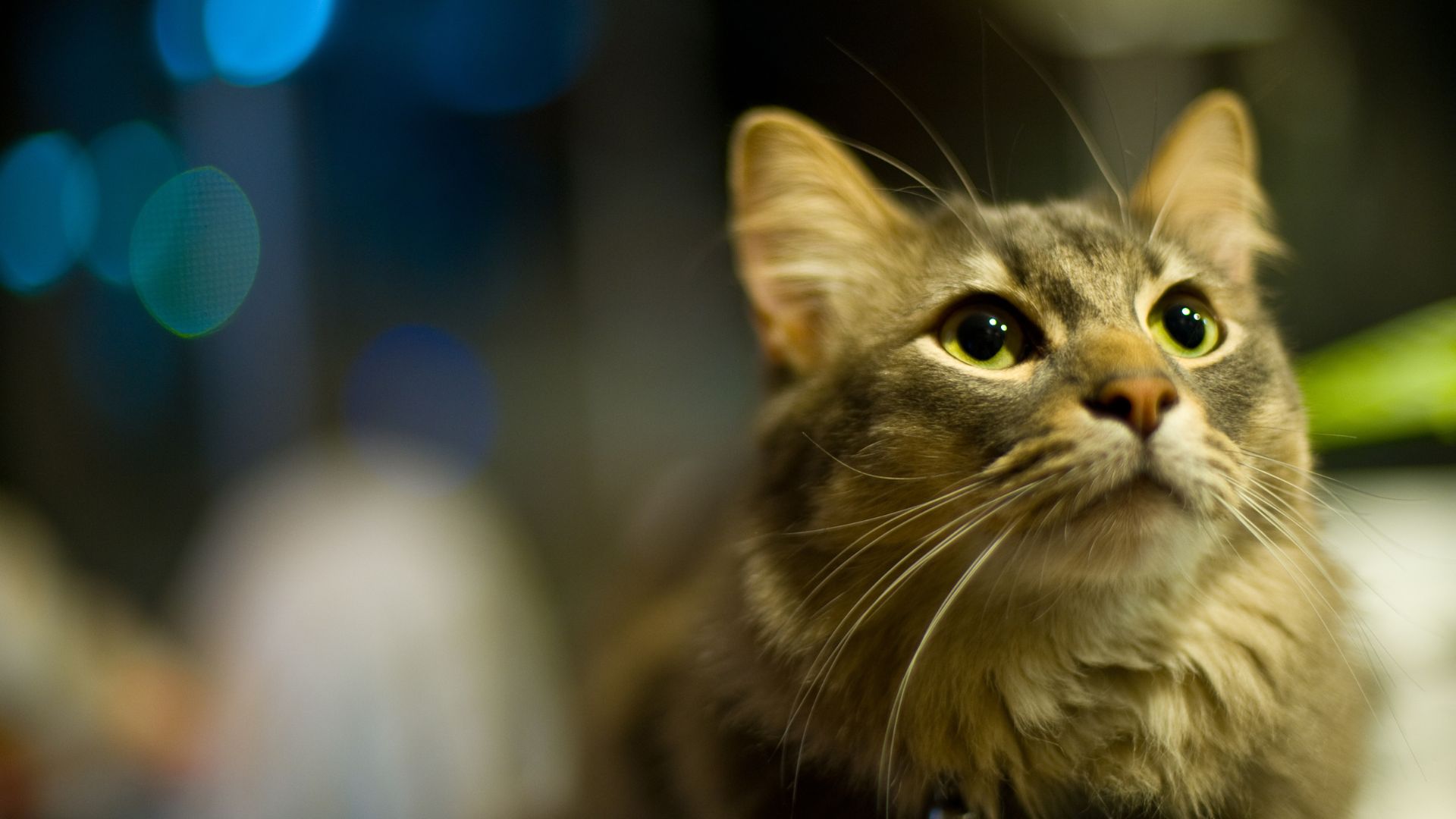
Remember the 124 ‘munchkins’ cast in the 1939 cult classic film, The Wonderful Wizard of Oz? Well, legend has it that the short-legged munchkin cats were named after them as it's believed 'munchkin' was a term invented by the American author, Lyman Frank Baum, who wrote the fictional children's book.
23. Munchkins need a little more care than other cats
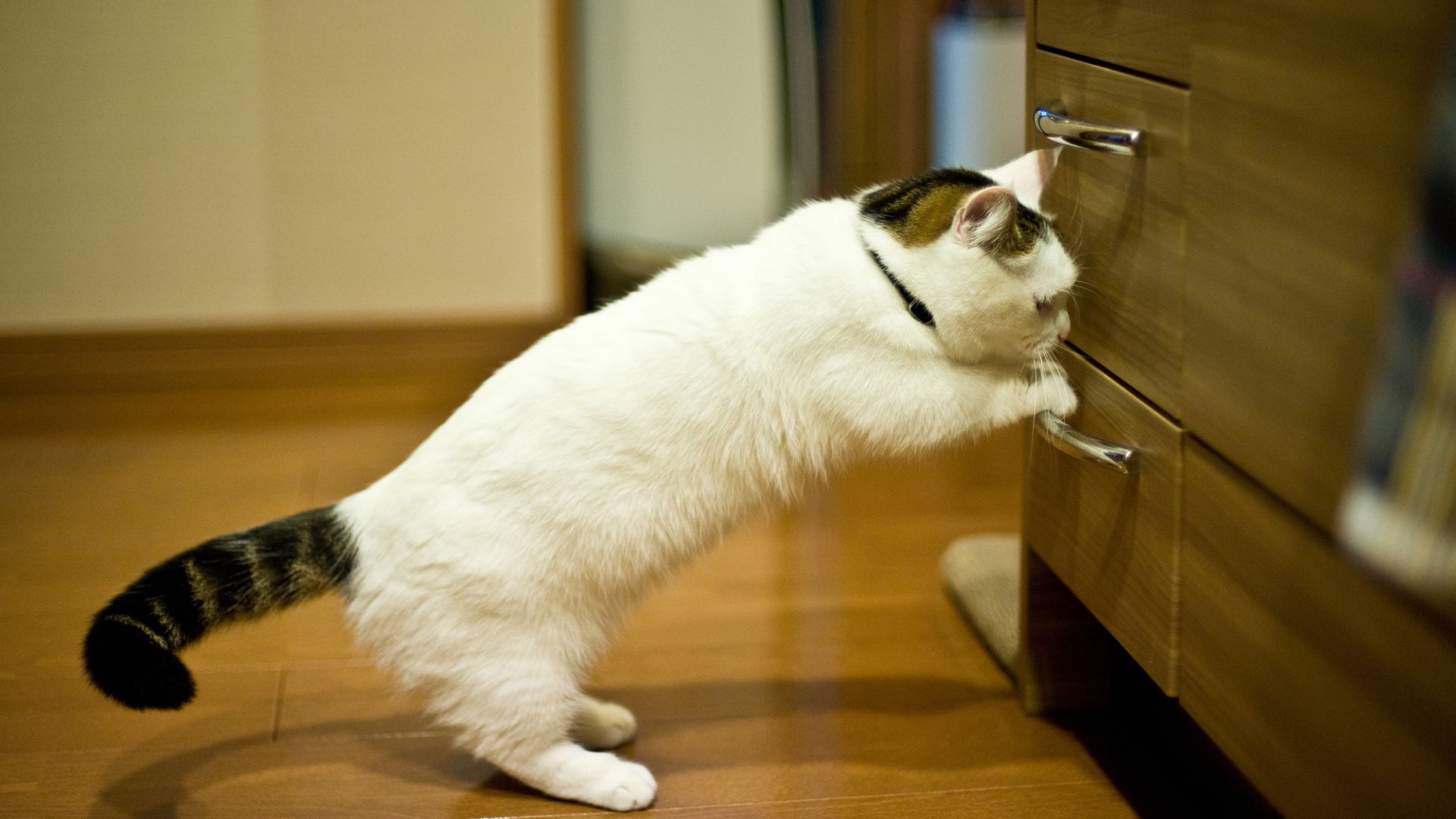
While munchkins are a relatively low-maintenance breed, there are some considerations to make before you welcome them into your home.
Due to their long body and short legs, munchkins may find high-sided litter trays or beds a problem. So a pet ramp can help to make accessing these things much easier.
24. Munchkins can be costly
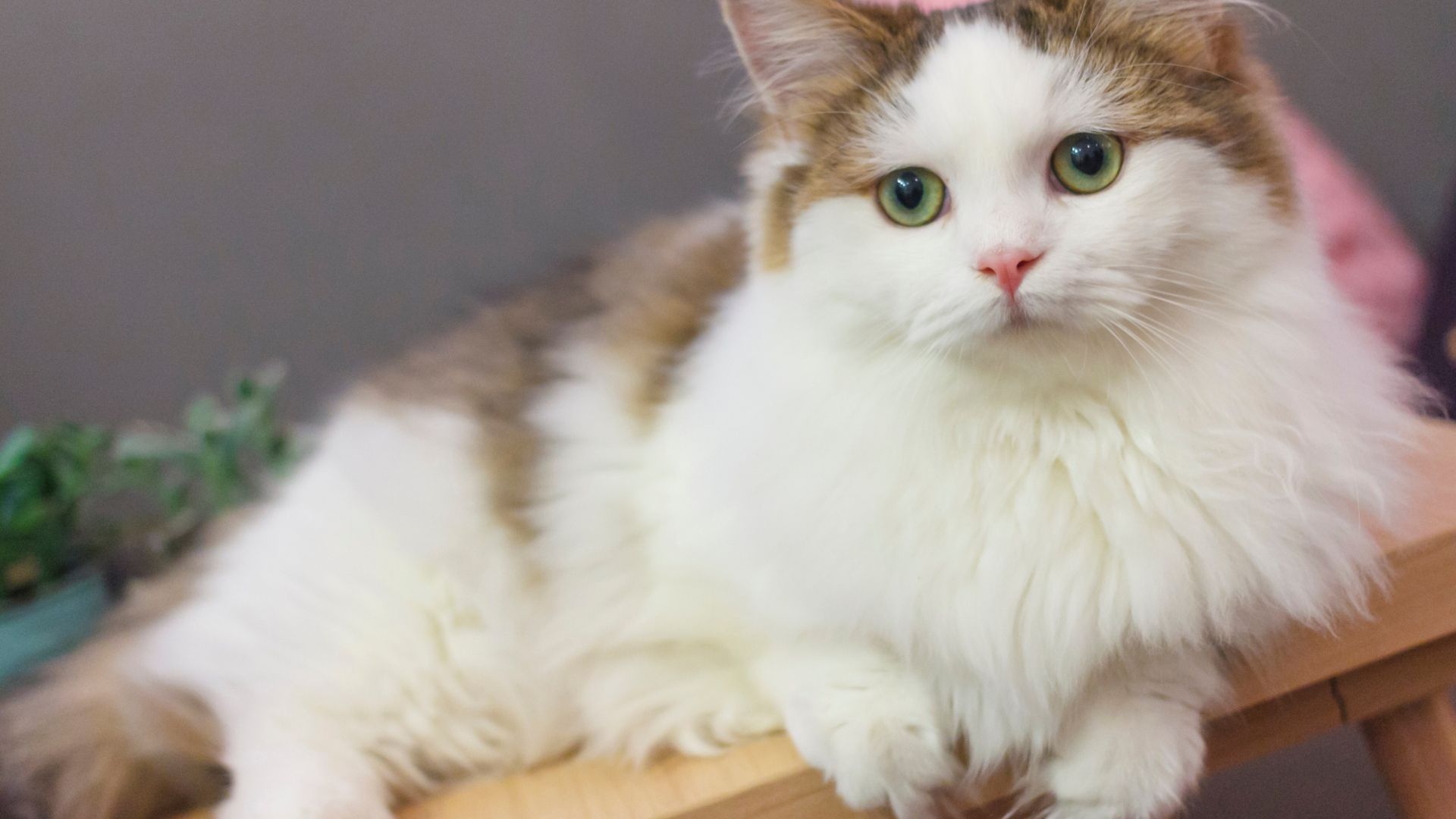
Good things come in small, expensive packages, right?
Munchkins don’t top our list of the most expensive cat breeds, as they are usually priced between $1,000 and $2,000. But if purchased from a reputable breeder, these furry feline friends can set you back up to $3,500.
25. Munchkins go by many names
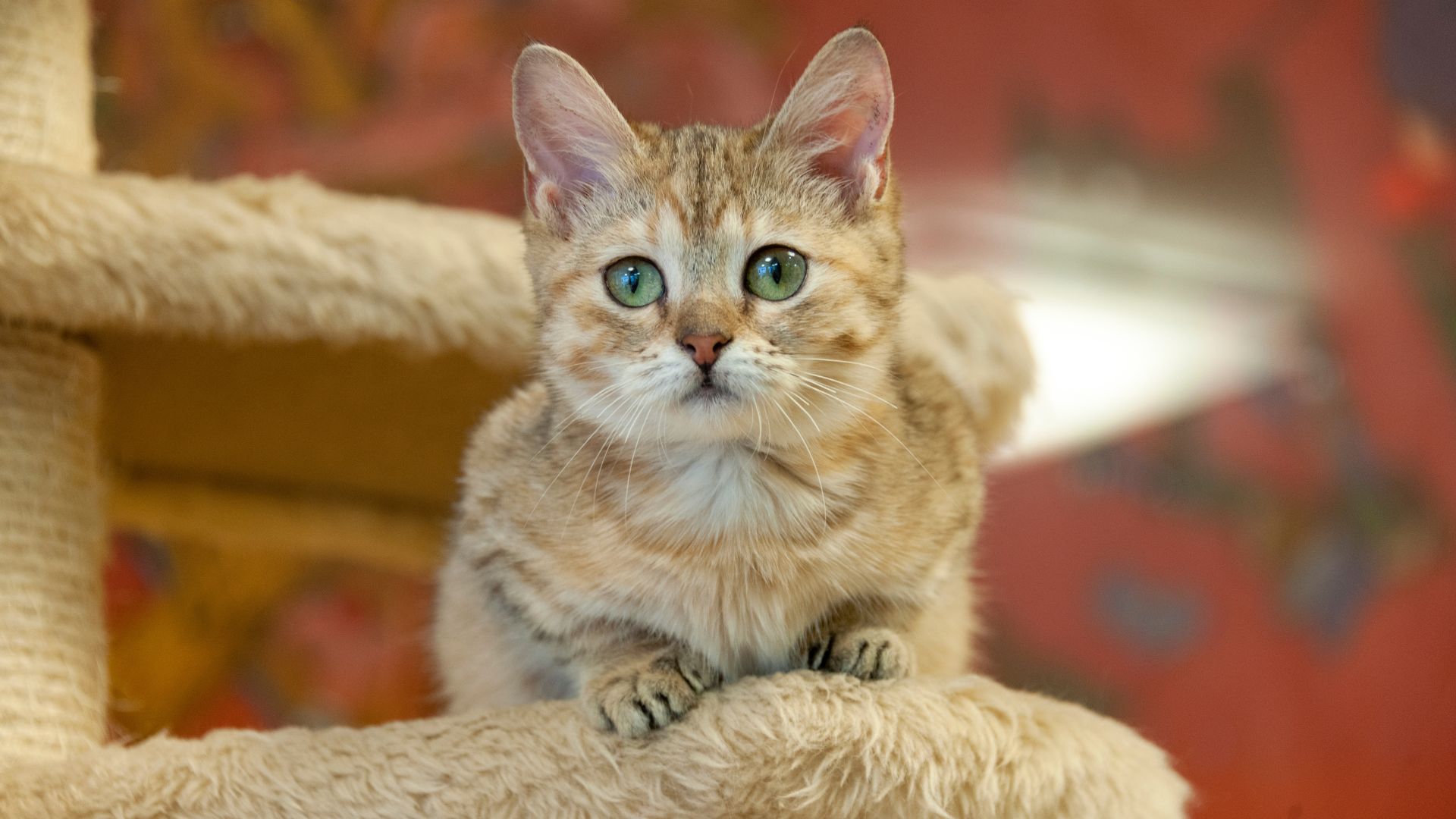
Our pets go by many personal nicknames. But the munchkin has gathered a few commonly-used names in its time.
For example, along with ‘dwarf cats’ they are also known as sausage cats because of their long bodies and short legs. Sometimes, this breed also gets referred to as a 'cat magpie' because of their fondness for shiny objects and it's also known as the Dachshund of the cat kingdom.
Plus, because Munchkins are crossbred with other cat breeds (like a Sphynx or a Persian) they go by unique names like Bambino or Mineut.
26. They are popular
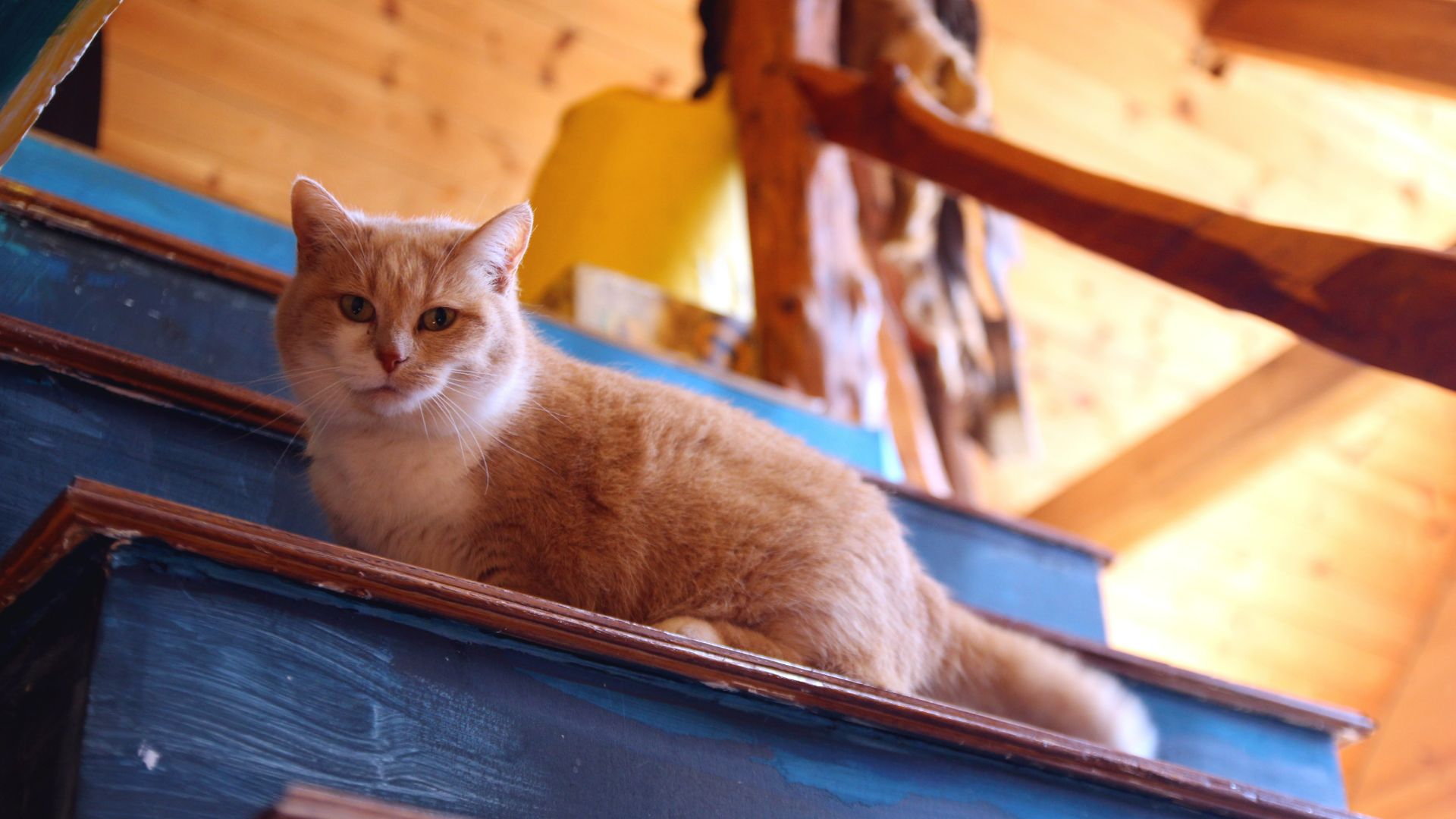
With #MunchkinCat racking up three million posts on Instagram, the phase 'Munchkin Cat' having over 25,000 likes on Facebook, and Pooky the Munchkin gathering more than 660,000 followers, it's fair to say that this breed's unique appearance, with their longer bodies and shorter legs, have gathered a growing fan base.
27. Munchkins are great for extroverts
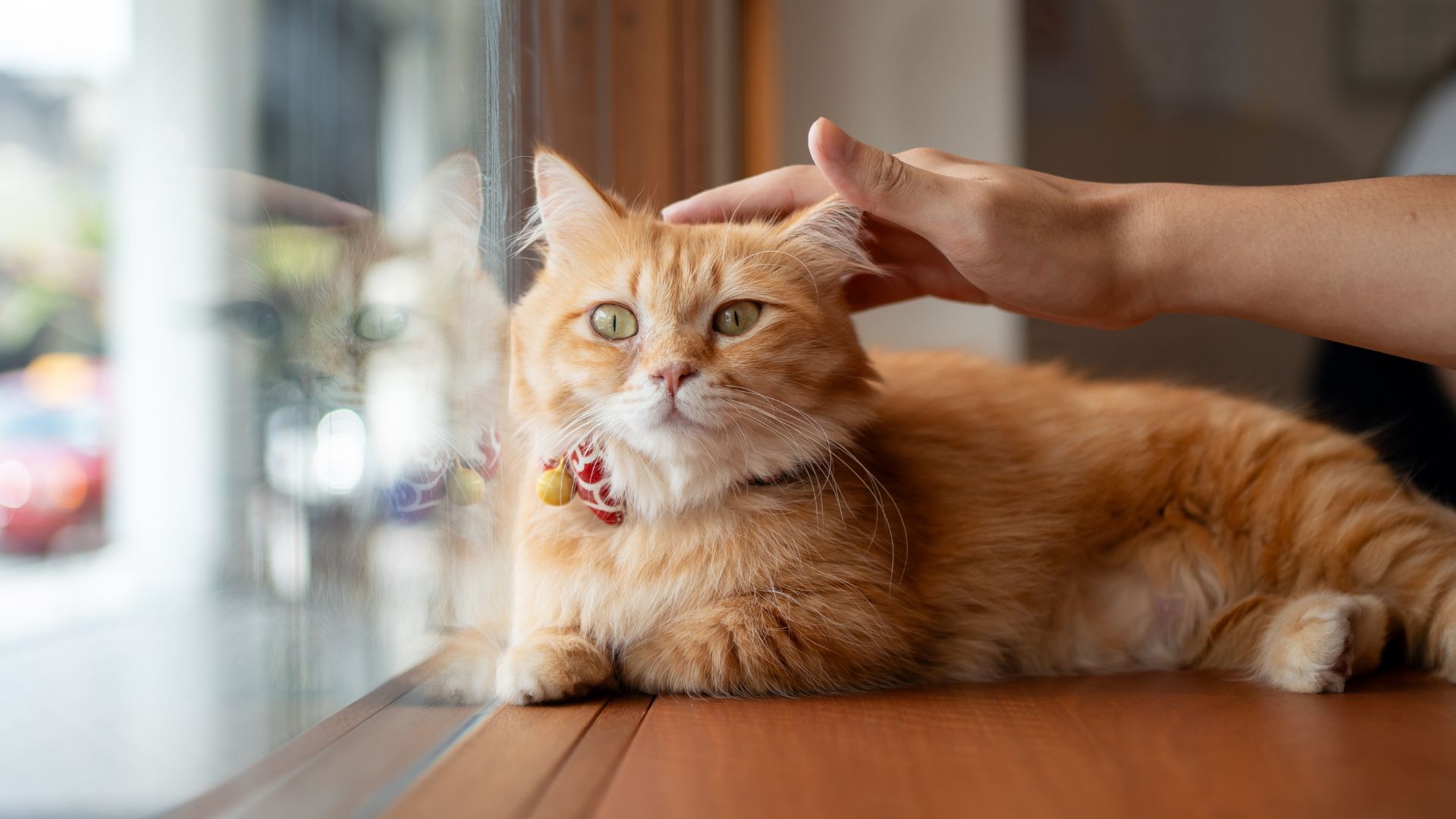
If you're looking for a cat that recharges its batteries from human interaction, look no further than a munchkin.
Along with being social butterflies, this breed is also very loving and playful, and because they are inquisitive and active, they'll respond well to being trained to do tricks and walking on a leash. That's why, they join our list of the best cats for extroverts.
28. Munchkins require a little more grooming
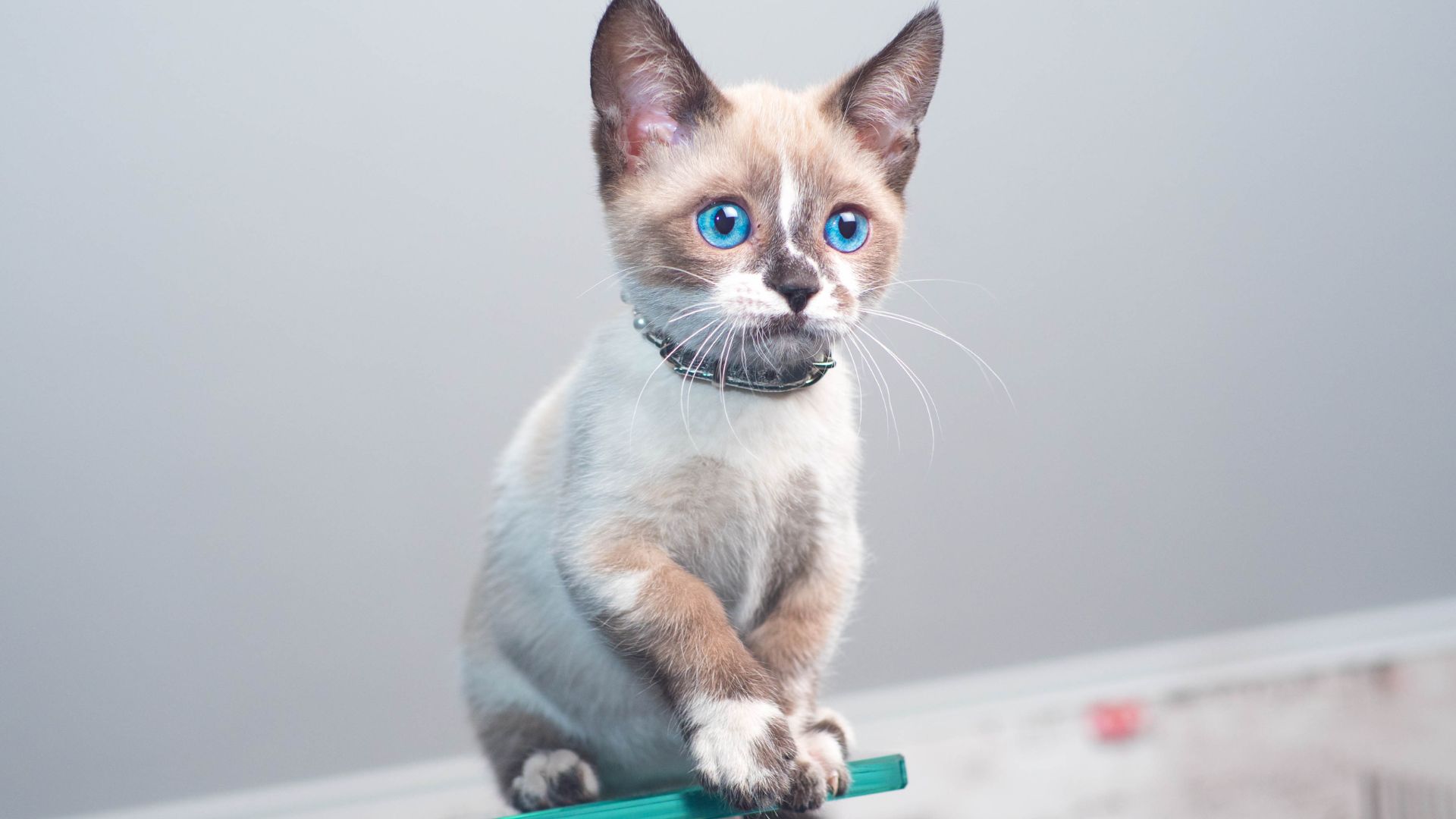
Again, these cats might be low maintenance, but they do require some extra help when it comes to reaching certain areas of their coat with their tongue.
So, learning how to brush your cat using one of the best cat brushes can help to remove grease, dirt, dandruff and skin flakes from their fur.
29. Munchkins get on well with other pets
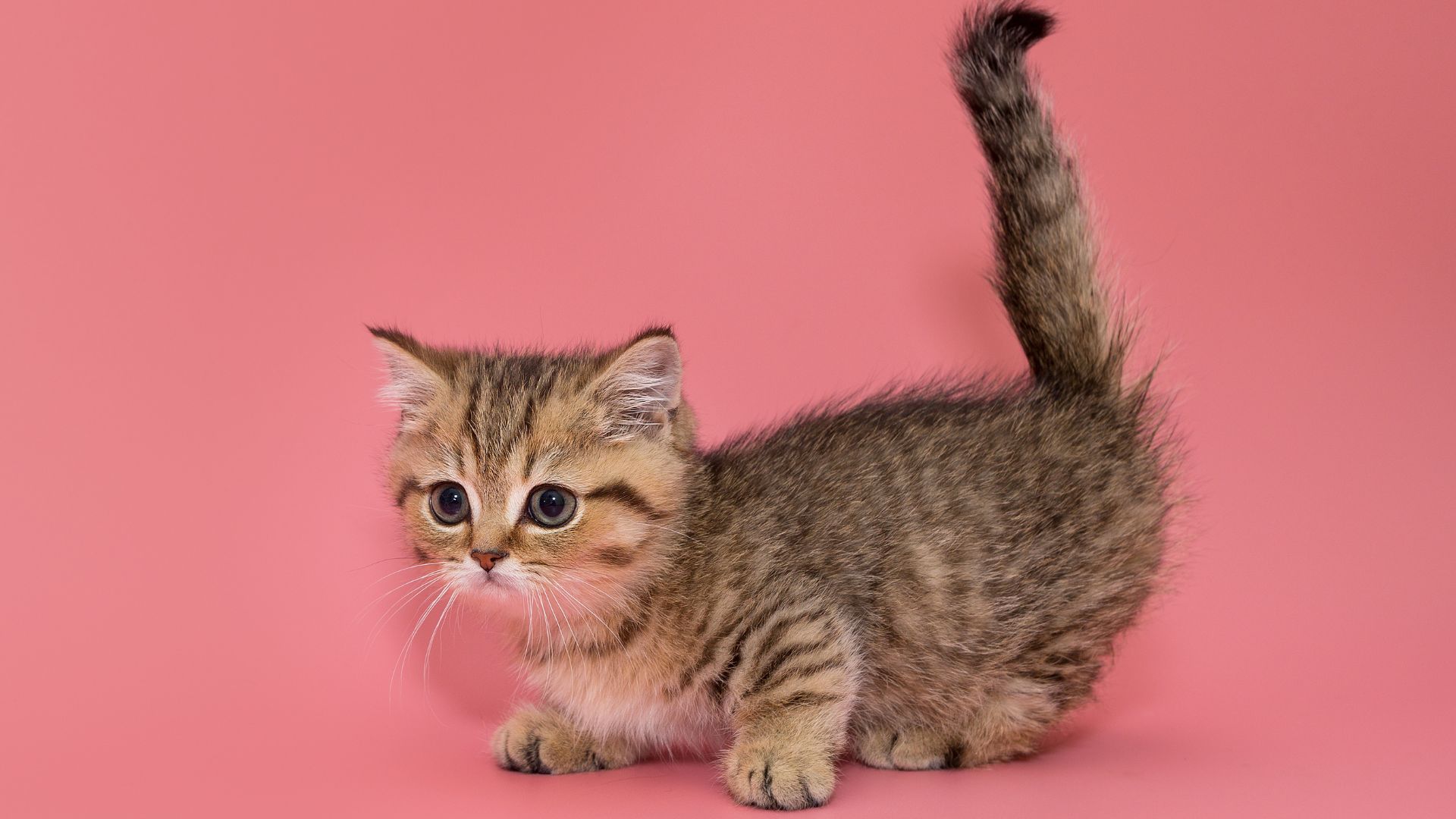
Have you already got another pet at home? That's not a problem for a munchkin. Along with having enough personality, playfulness and pizzazz to bond well with children, munchkins generally get along well with other cats and dogs too.
However if you're worried about welcoming a new fur friend into the family, do check out our vet-approved guide on how to introduce a kitten to a cat and how to get your cat and dog to live together in perfect harmony.
30. They’re average in size
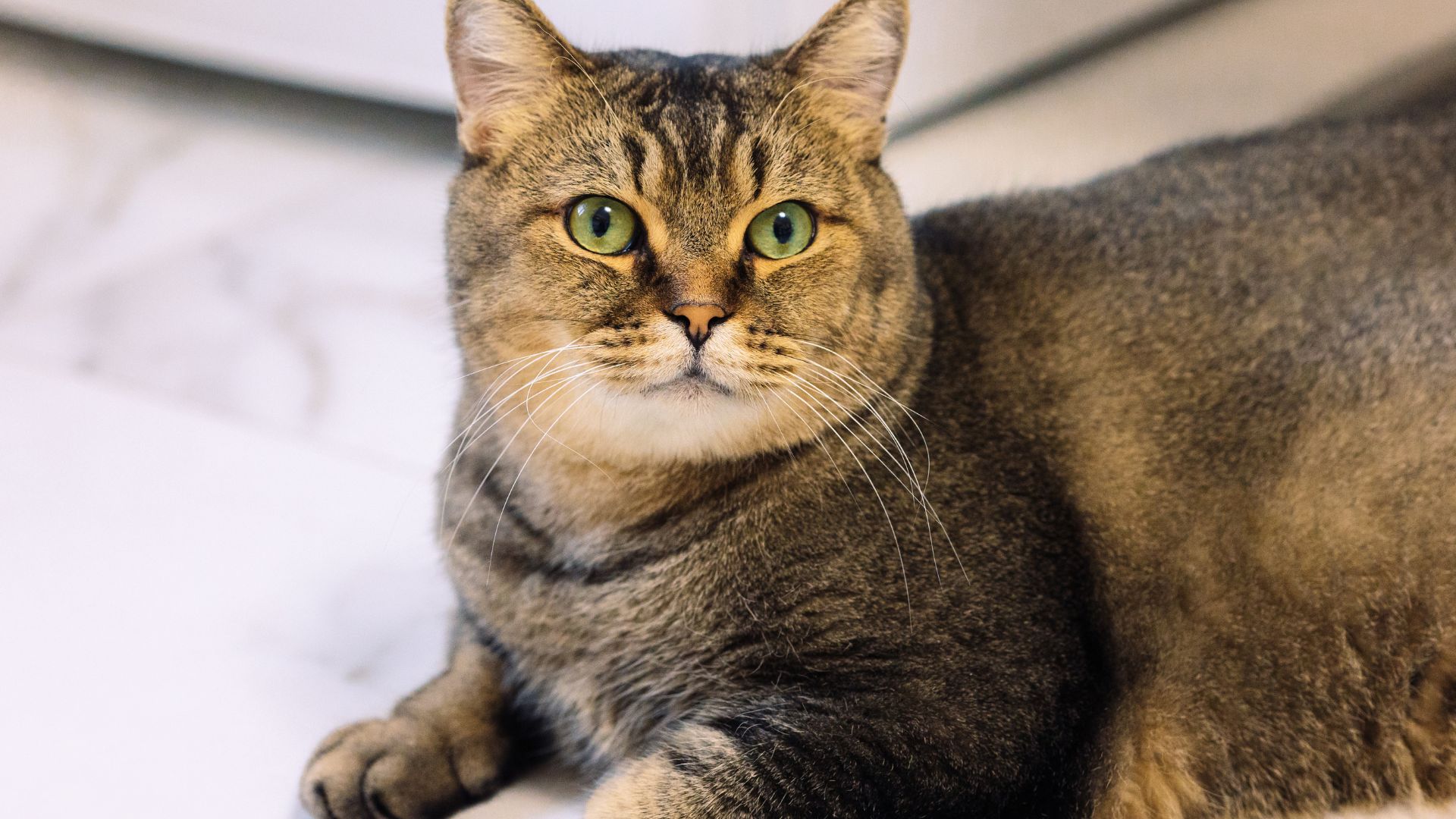
They might have small legs, but munchkins are considered to weigh the same as any other average cat. Depending on their sex, these fur friends weigh between 4 to 9 lbs, which is roughly the same size as a typical domestic feline friend.
31. Munchkins can climb stairs
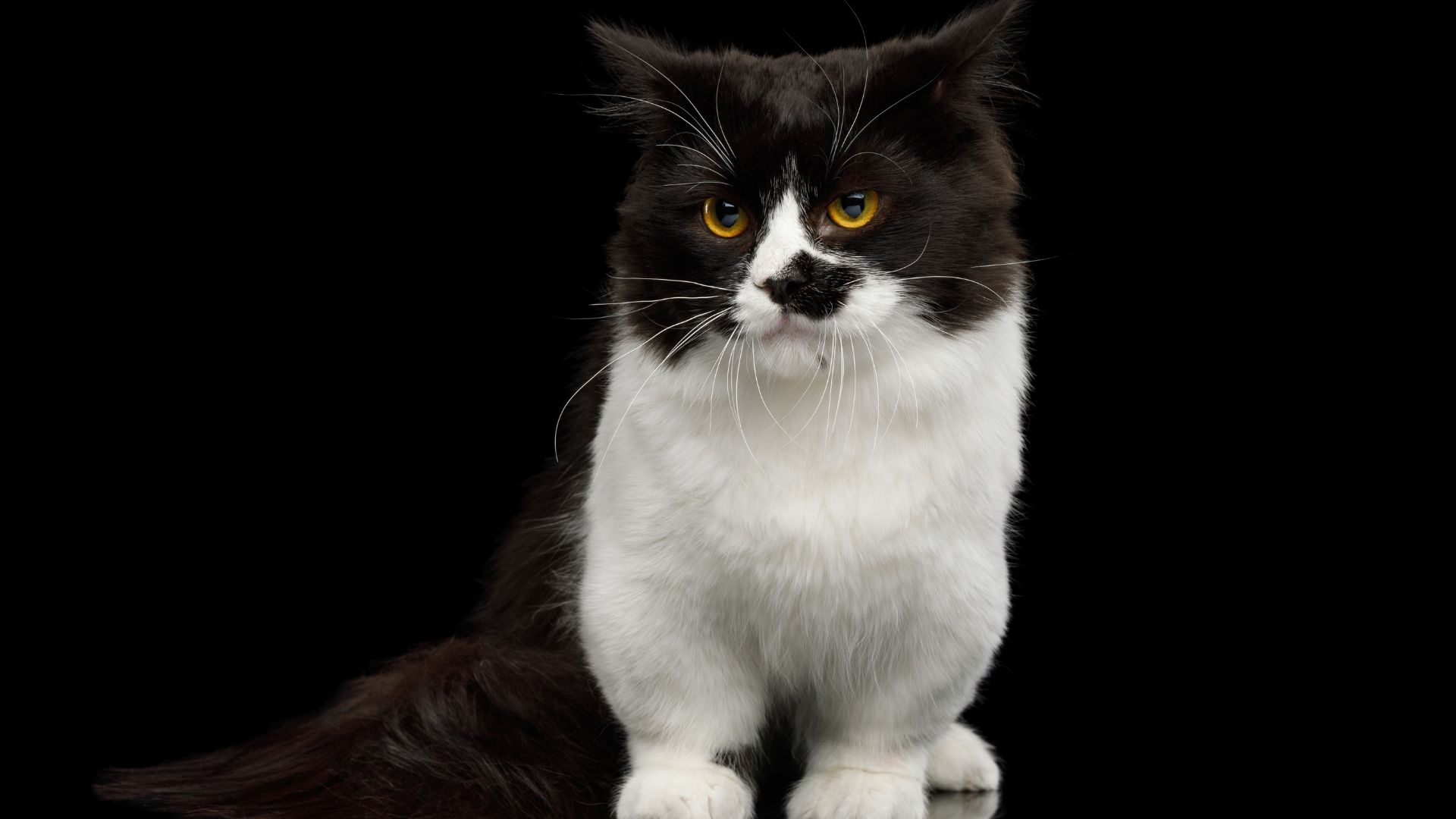
With their shorter-than-average legs, you might be forgiven for thinking Munchkin cats aren't able to get up and down the stairs. But these energetic creatures can climb the stairs like any other cat.
However, due to their short legs and long spines, most experts suggest you prevent them from doing so — or if they need to get up and down one flight to the next, a ramp should prevent them from jumping and doing themselves an injury.
32. Munchkins love a cuddle
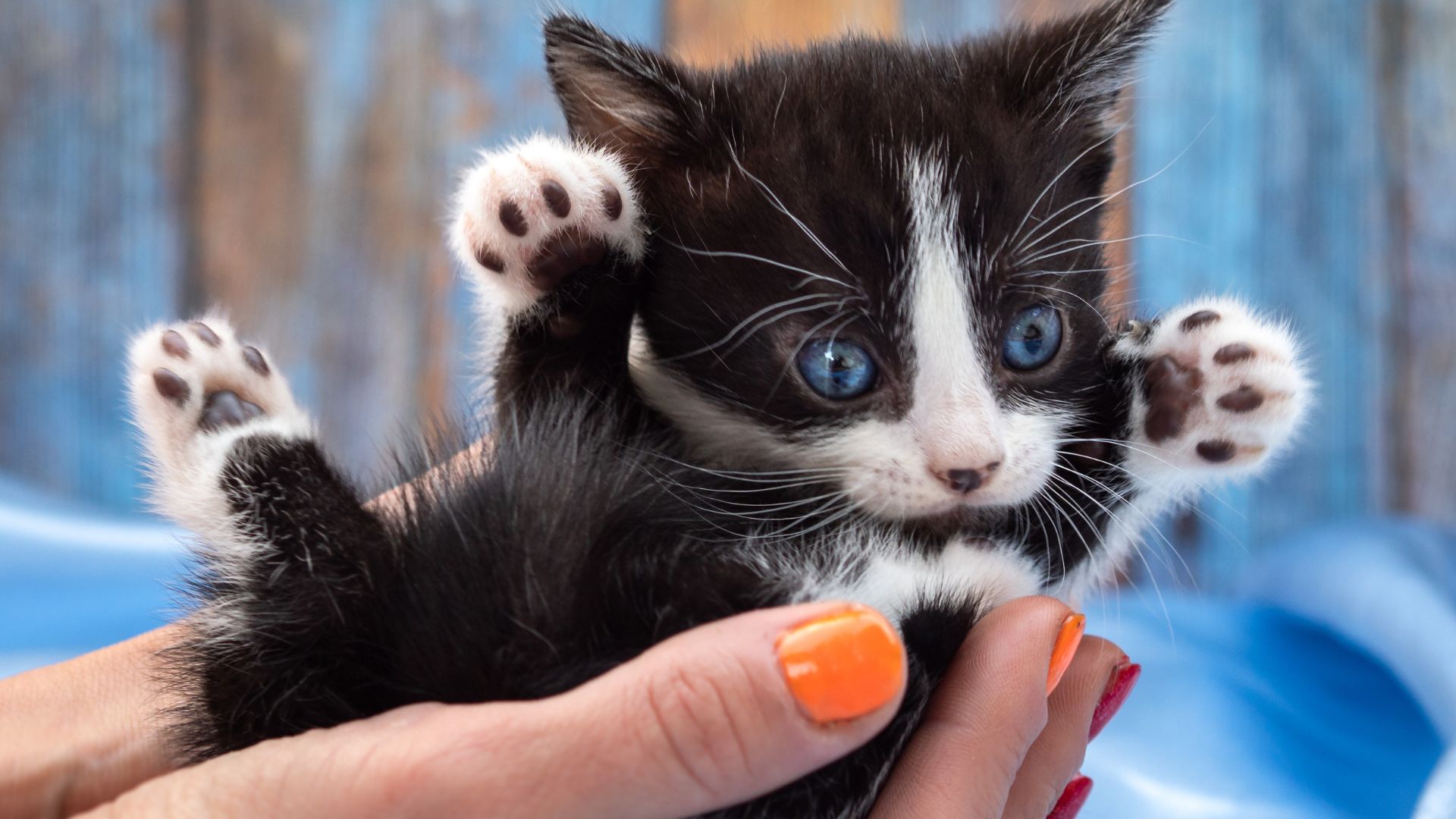
When they’re not climbing on top of you to be cuddled, you’ll feel munchkins rubbing against your legs or kneading on your duvets in the morning to get some TLC. And, when they look this cute and furry, who can resist pulling back the covers and giving into a snuggle?
Read next: Interesting cat facts

Becks Shepherd is a lifestyle journalist who has worked with titles such as Tom's Guide, Marie Claire, and Fit and Well.
In addition to this, she’s a pet writer with nearly a decade of editorial experience across digital and print media. A devoted “dog aunt” and lifelong animal lover, Becks brings a personal touch to her pet content—whether she’s testing the latest dog gear or digging into behavioral tips.
She works closely with veterinary experts to ensure factual accuracy and is currently exploring animal care certifications to deepen her knowledge. Her work has appeared in leading outlets across health, wellness, and pet care spaces.
